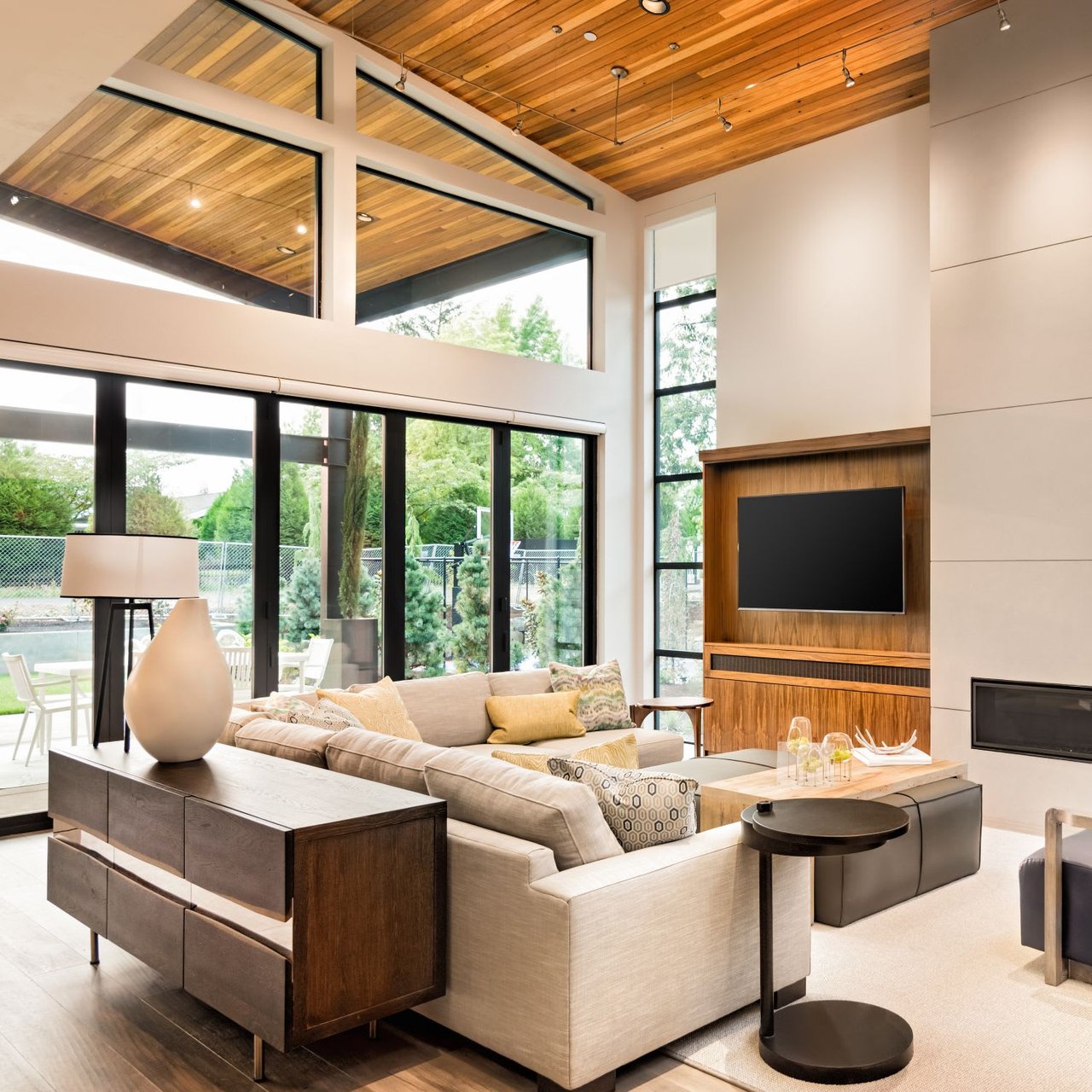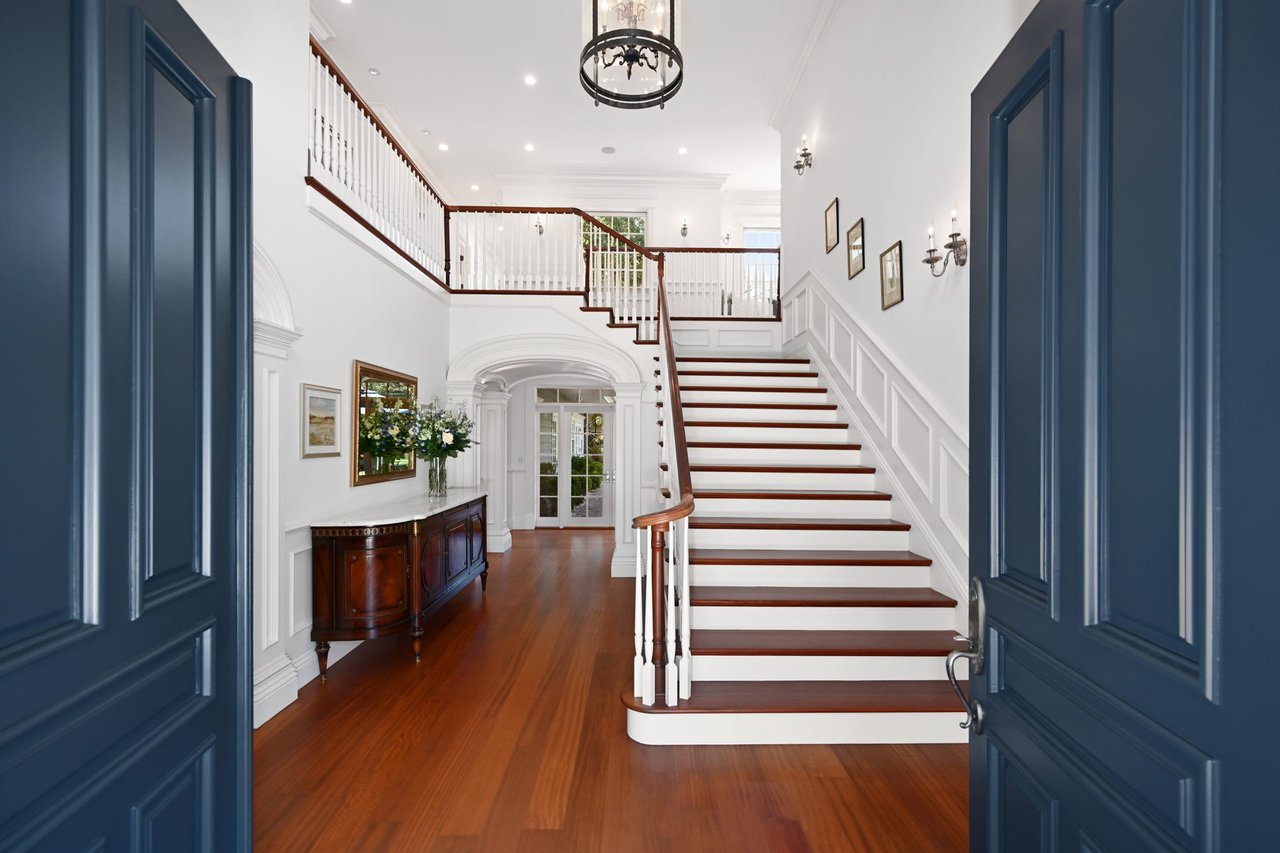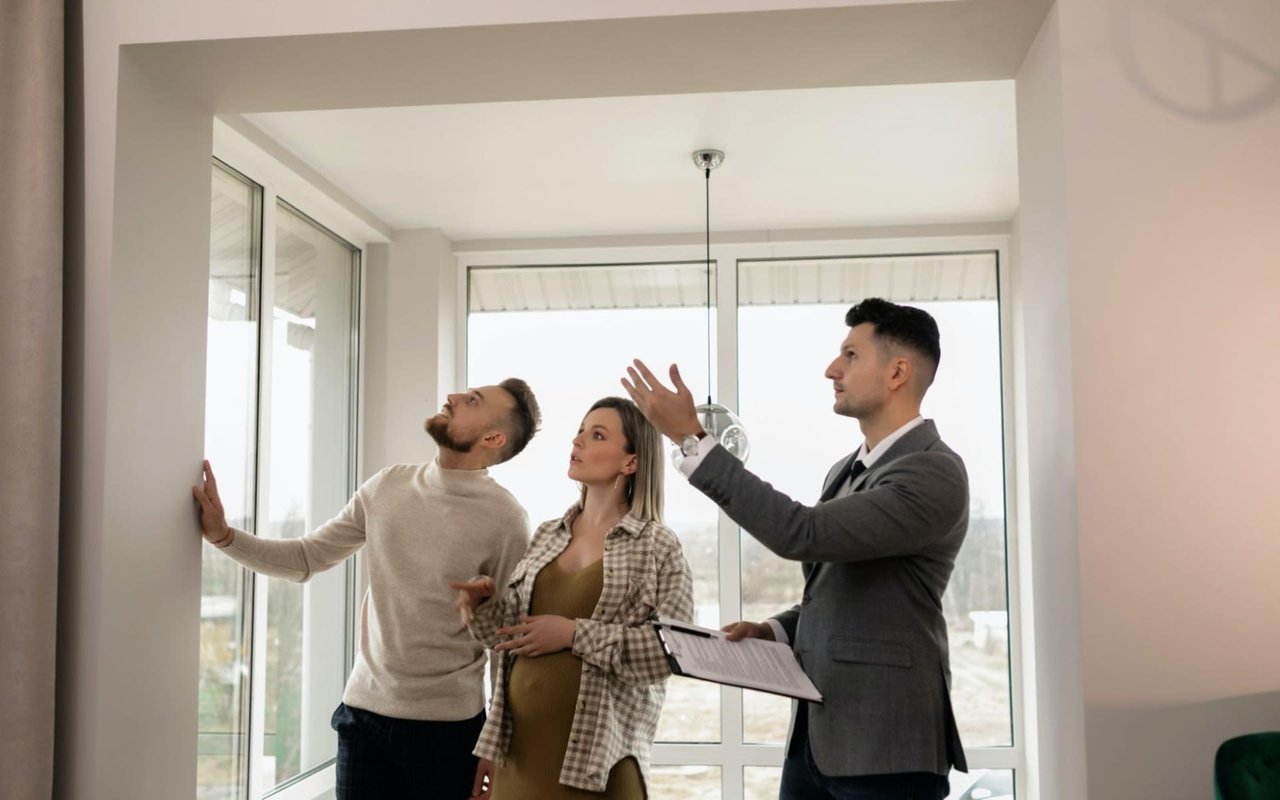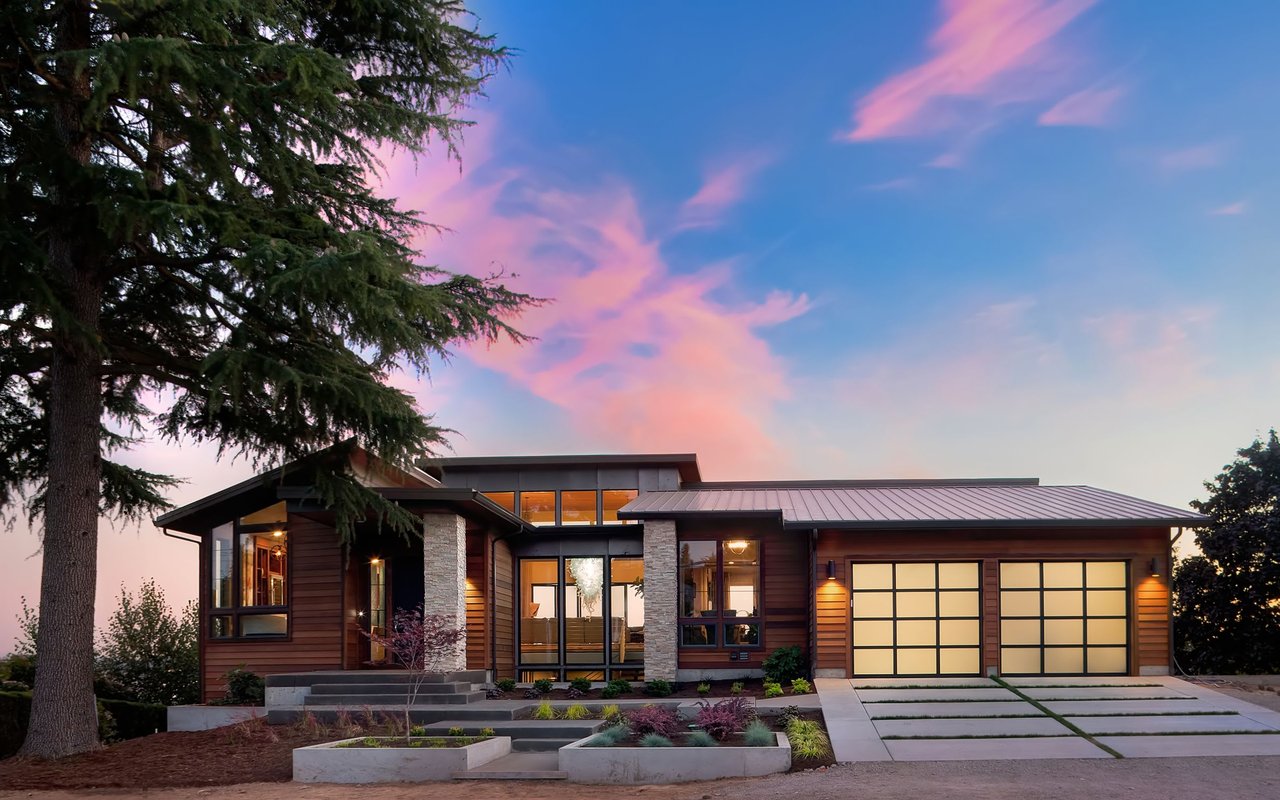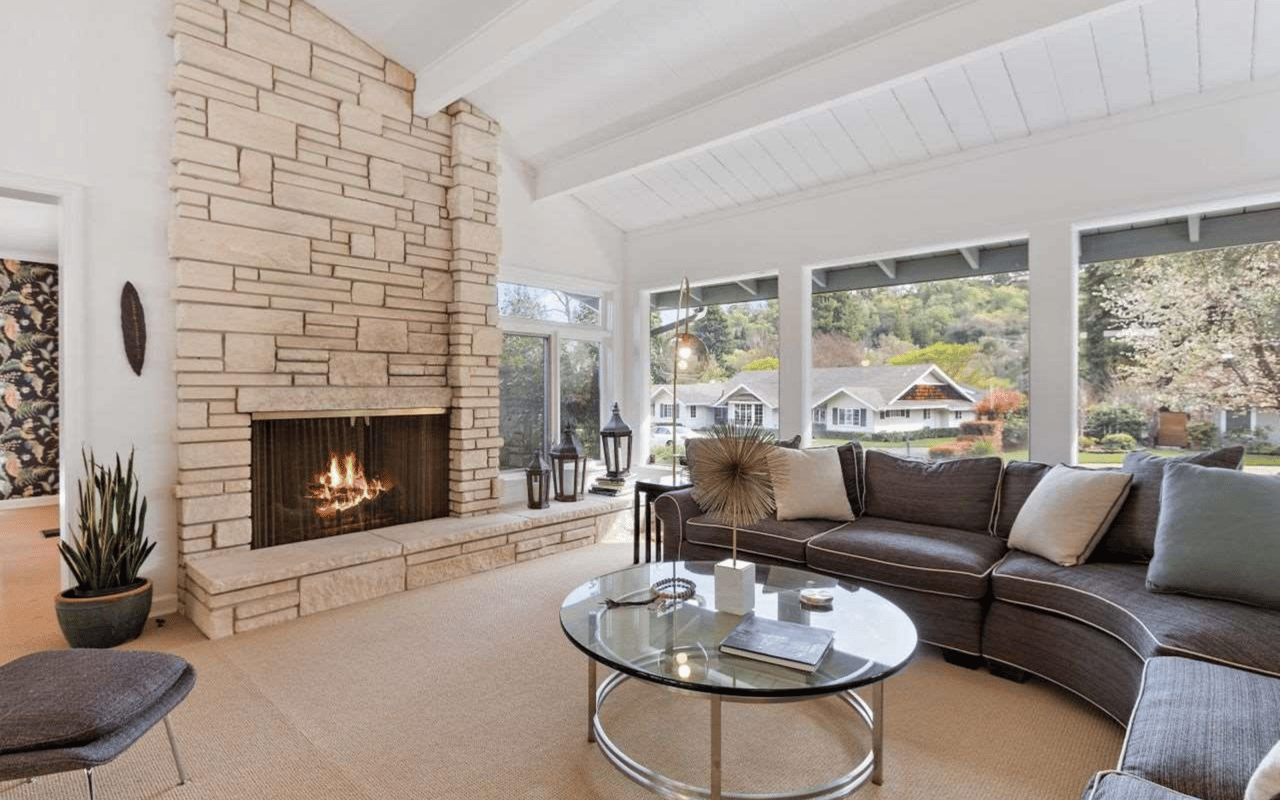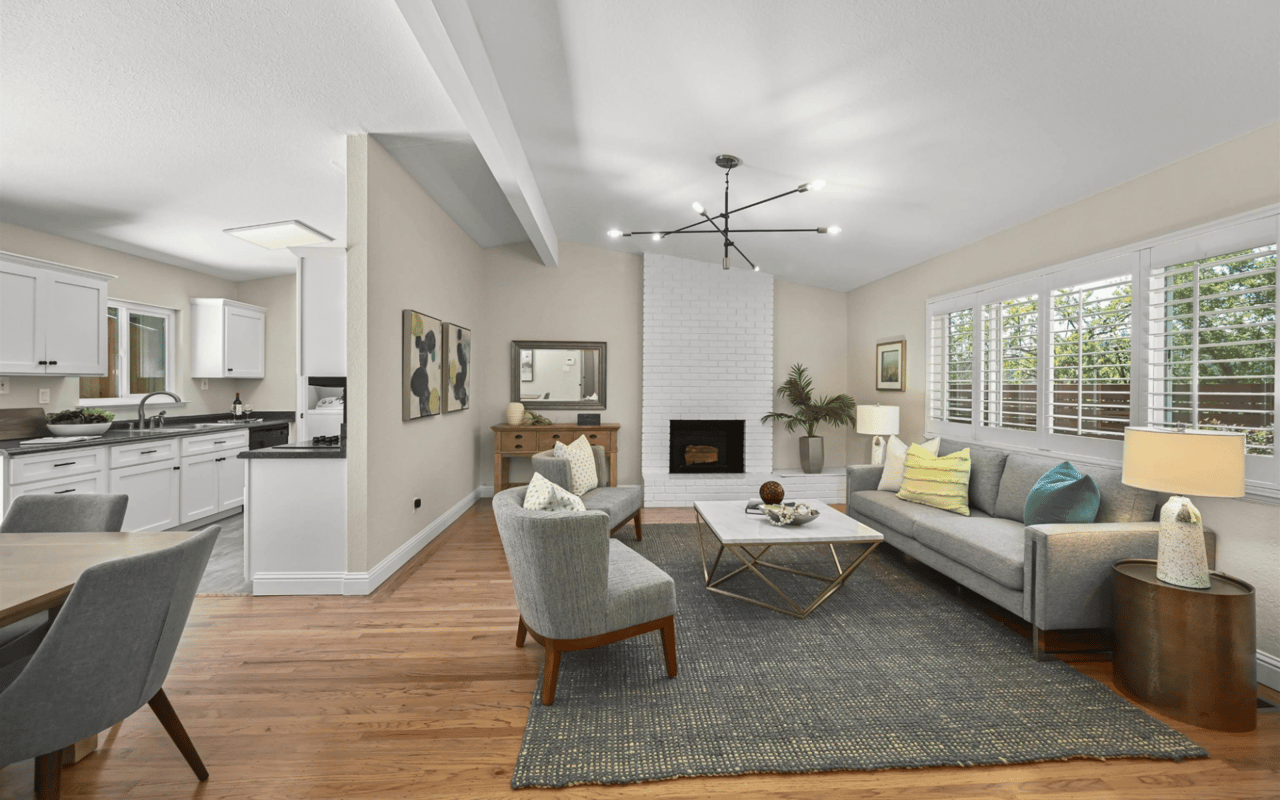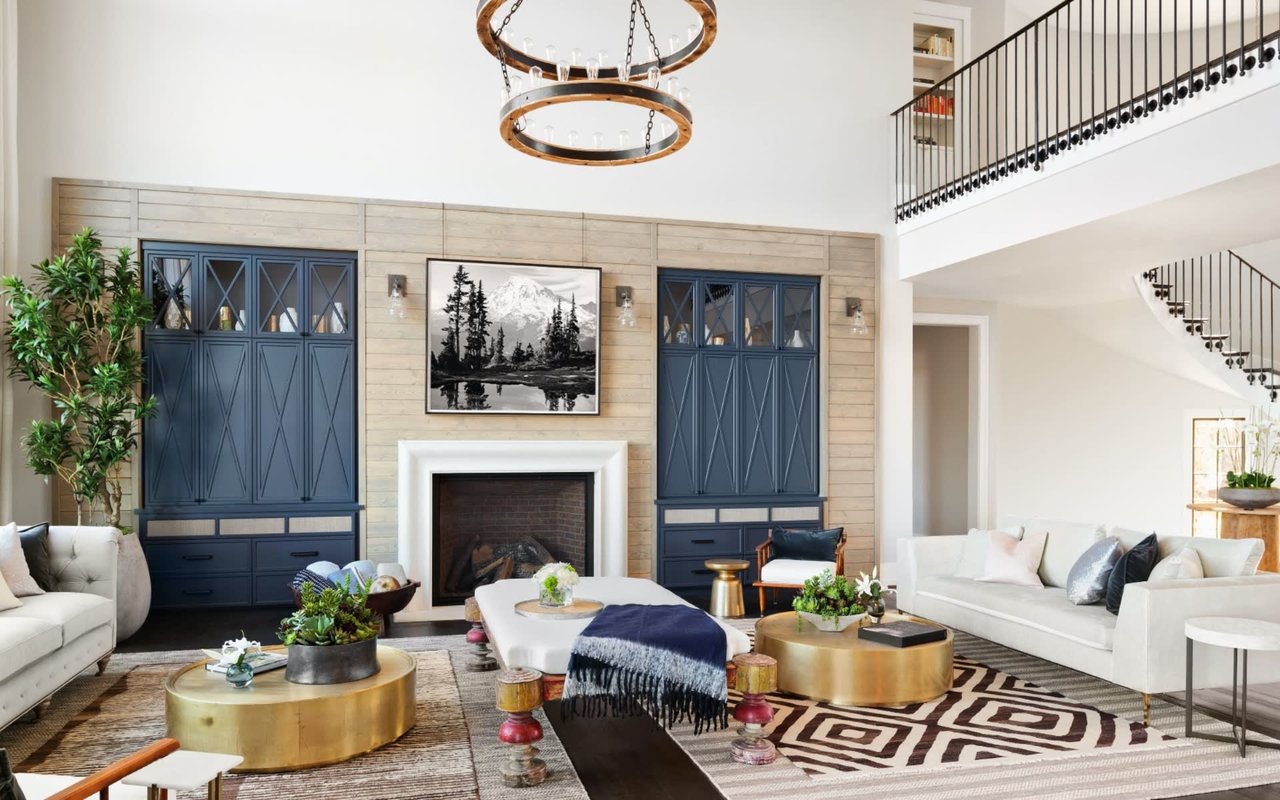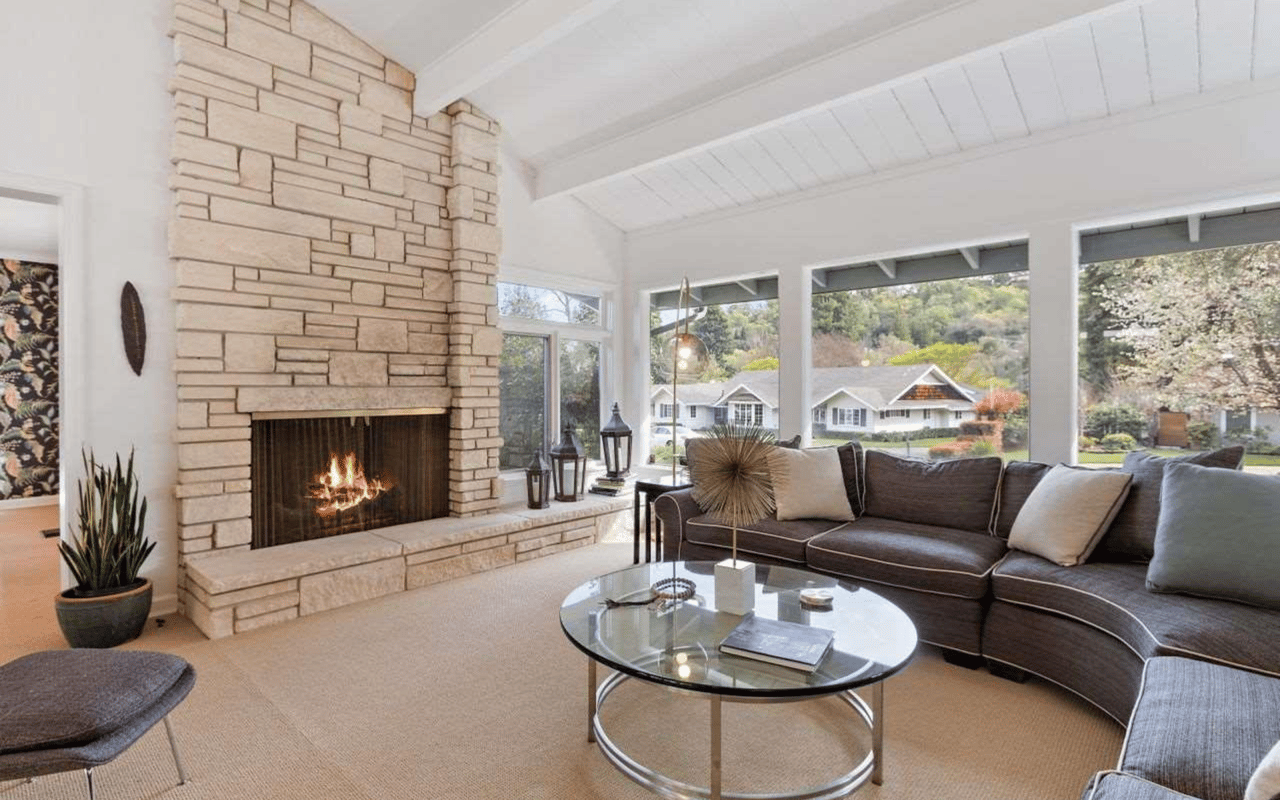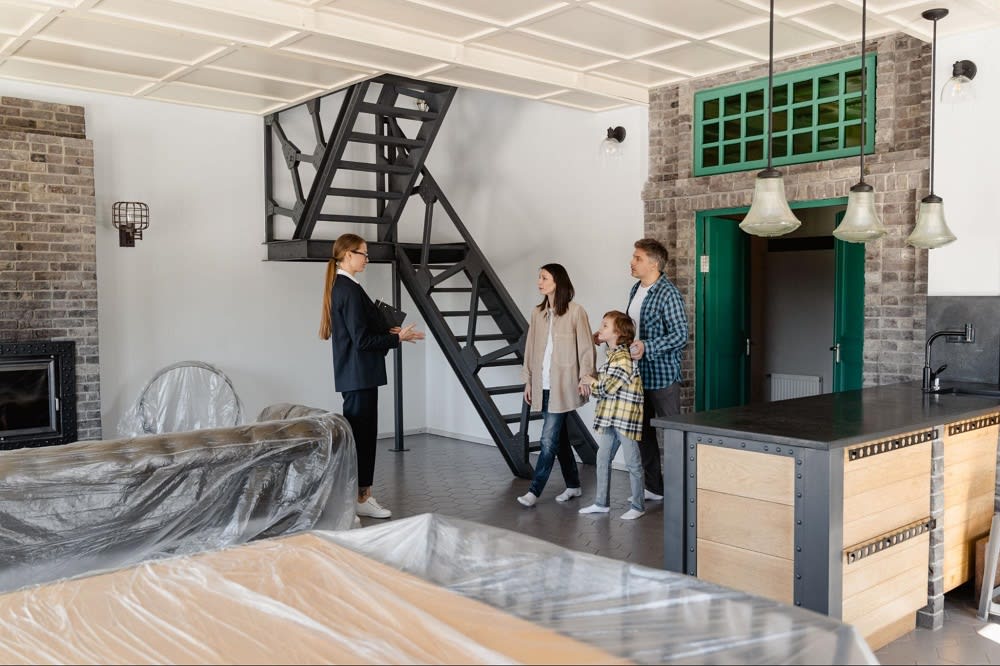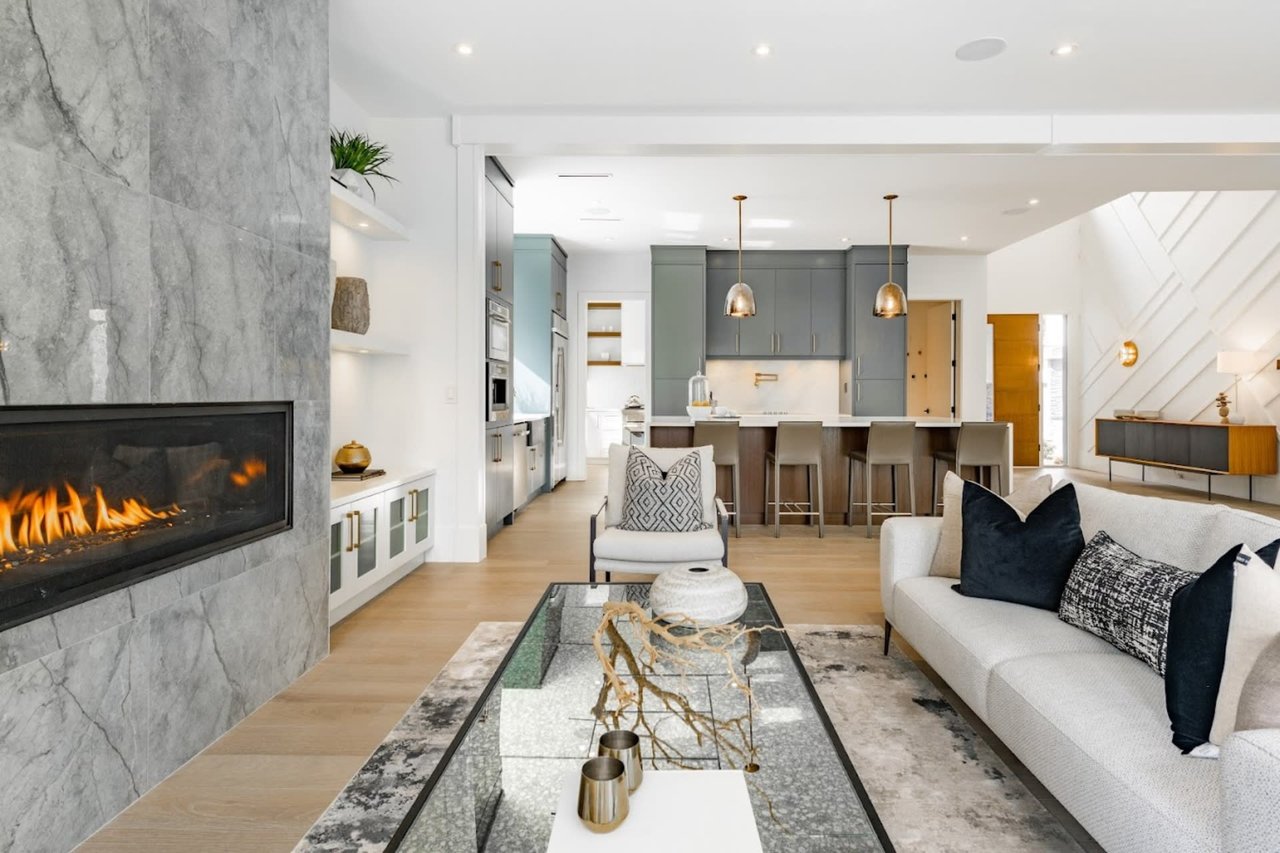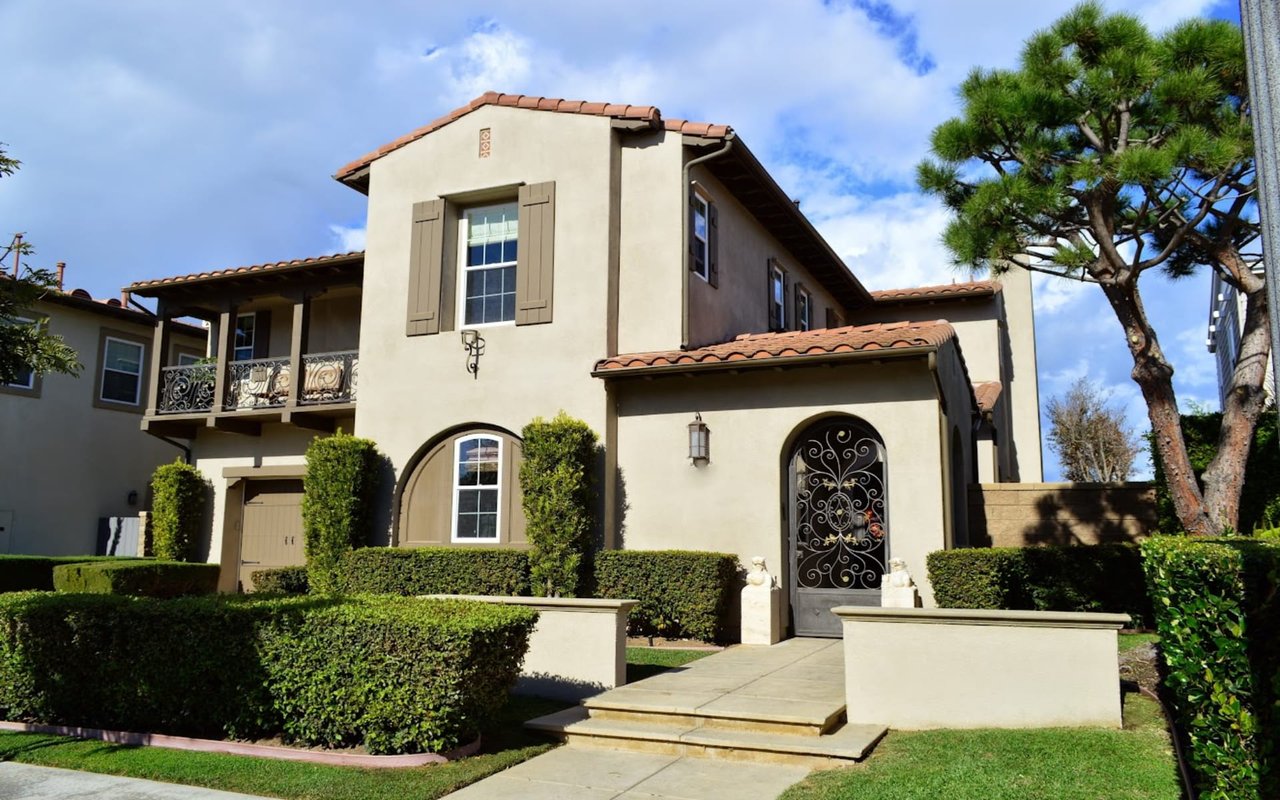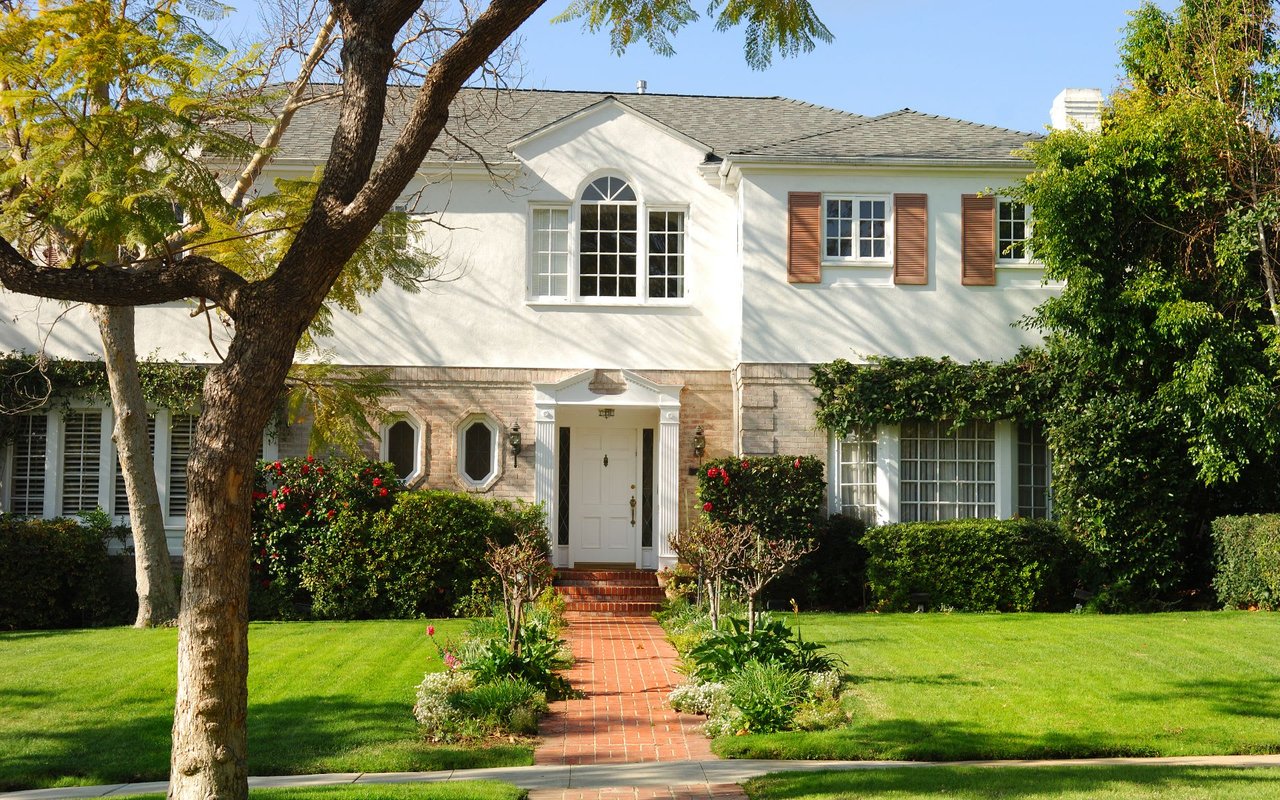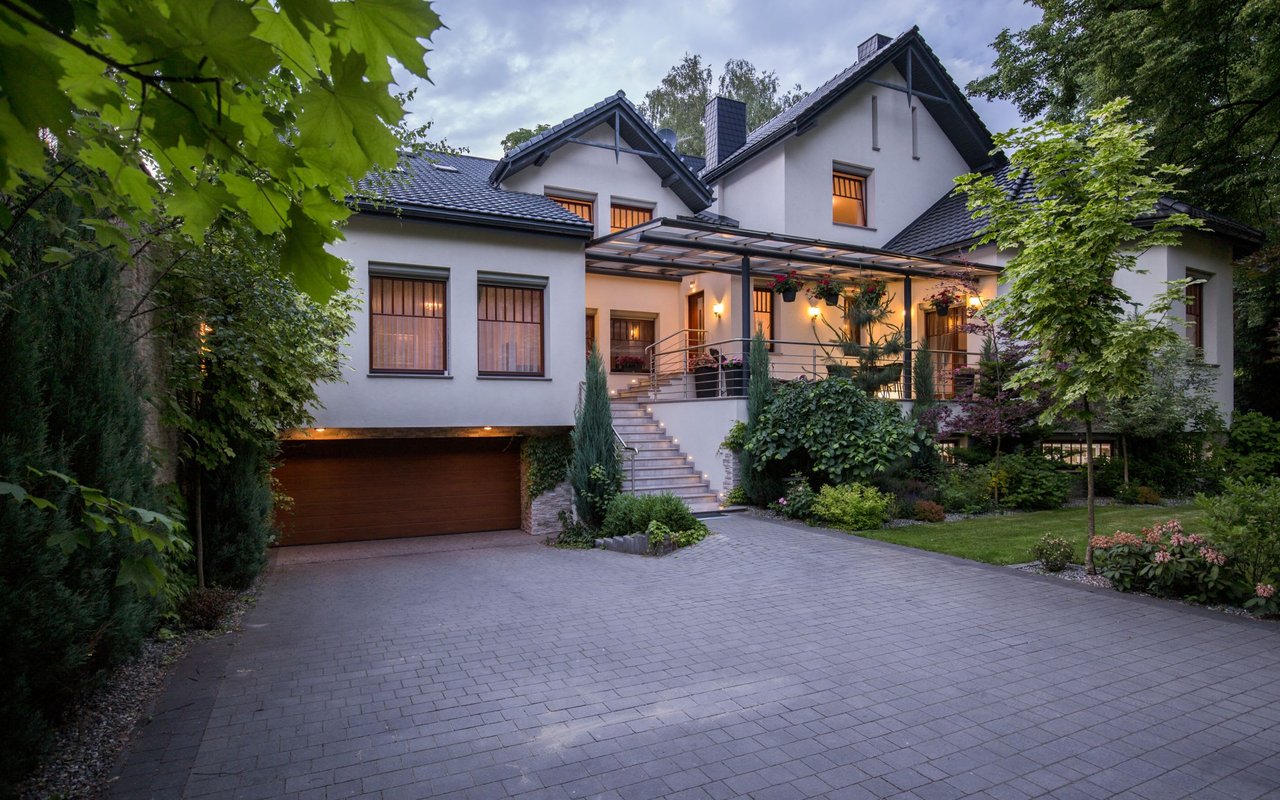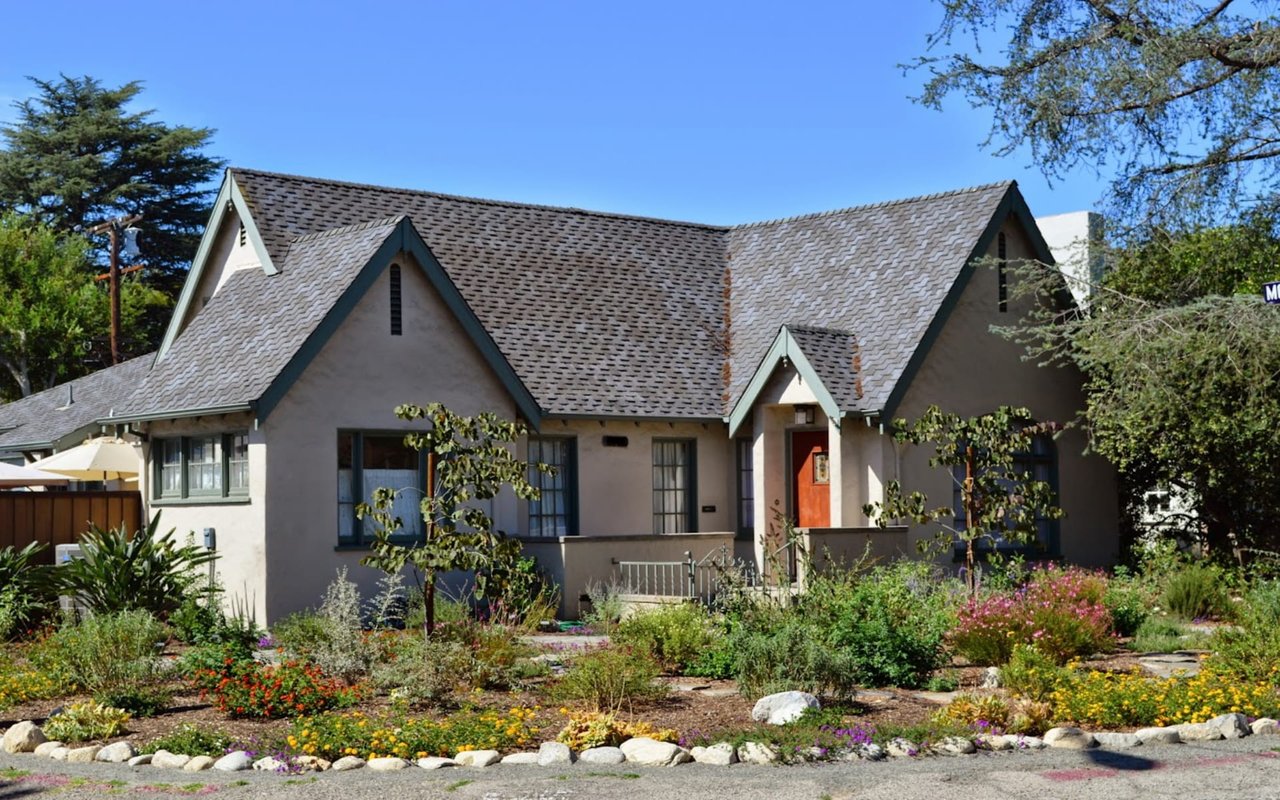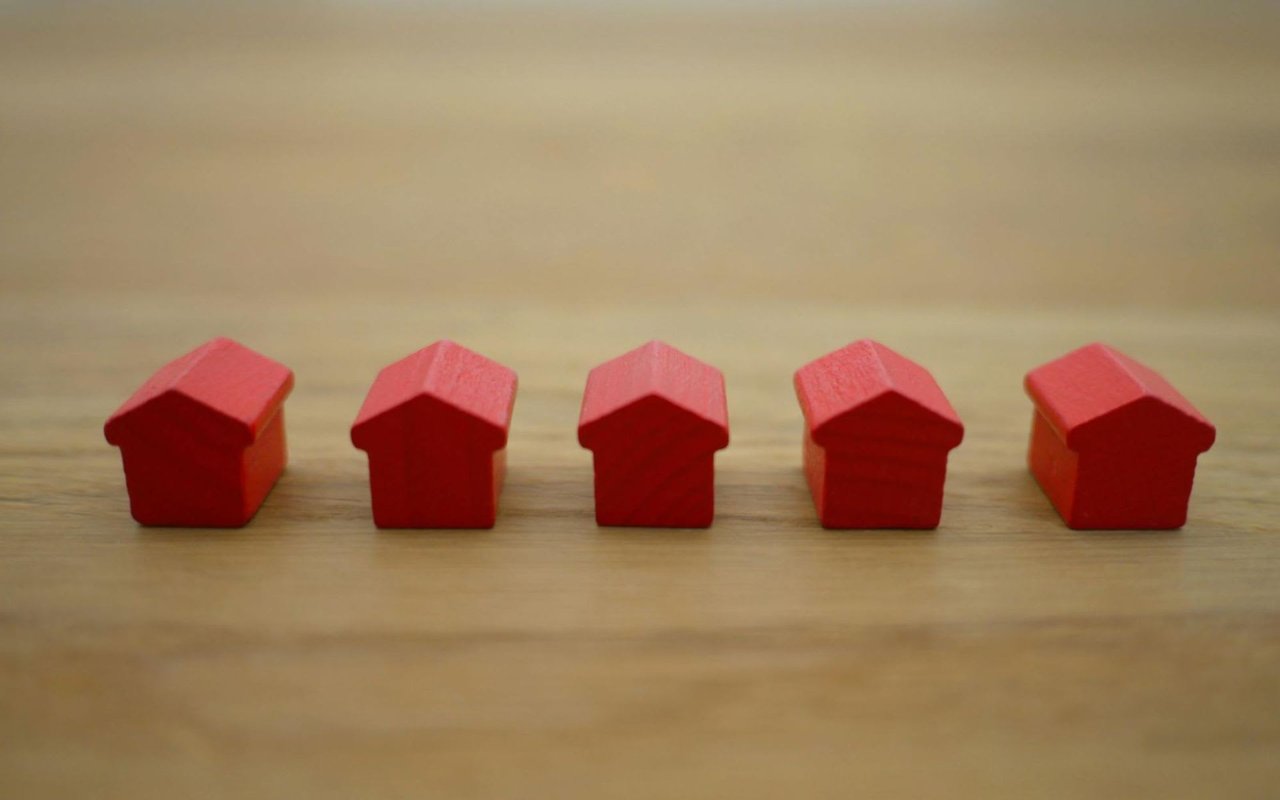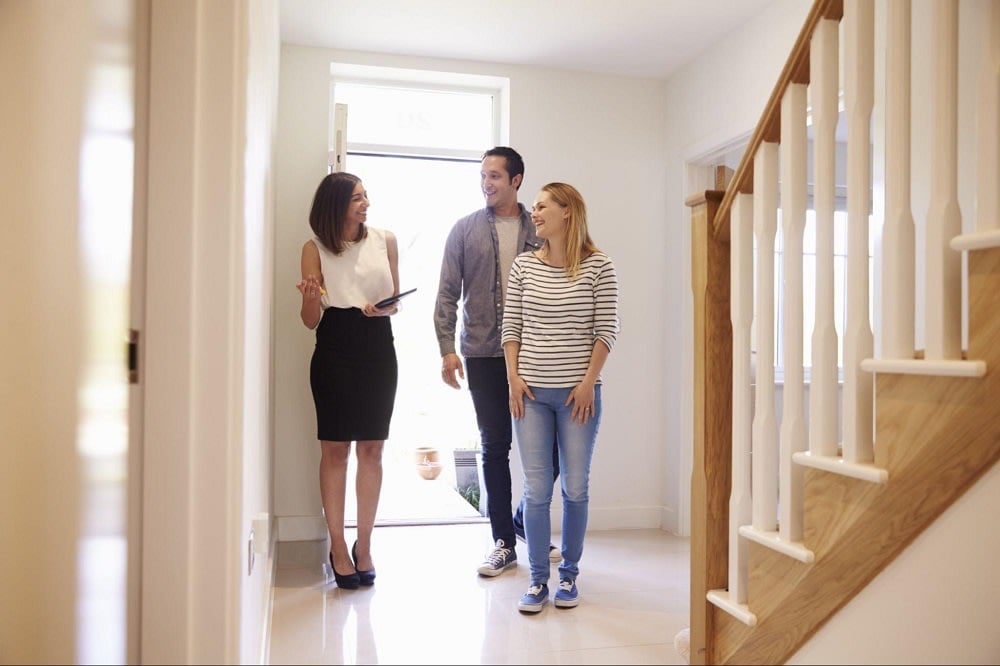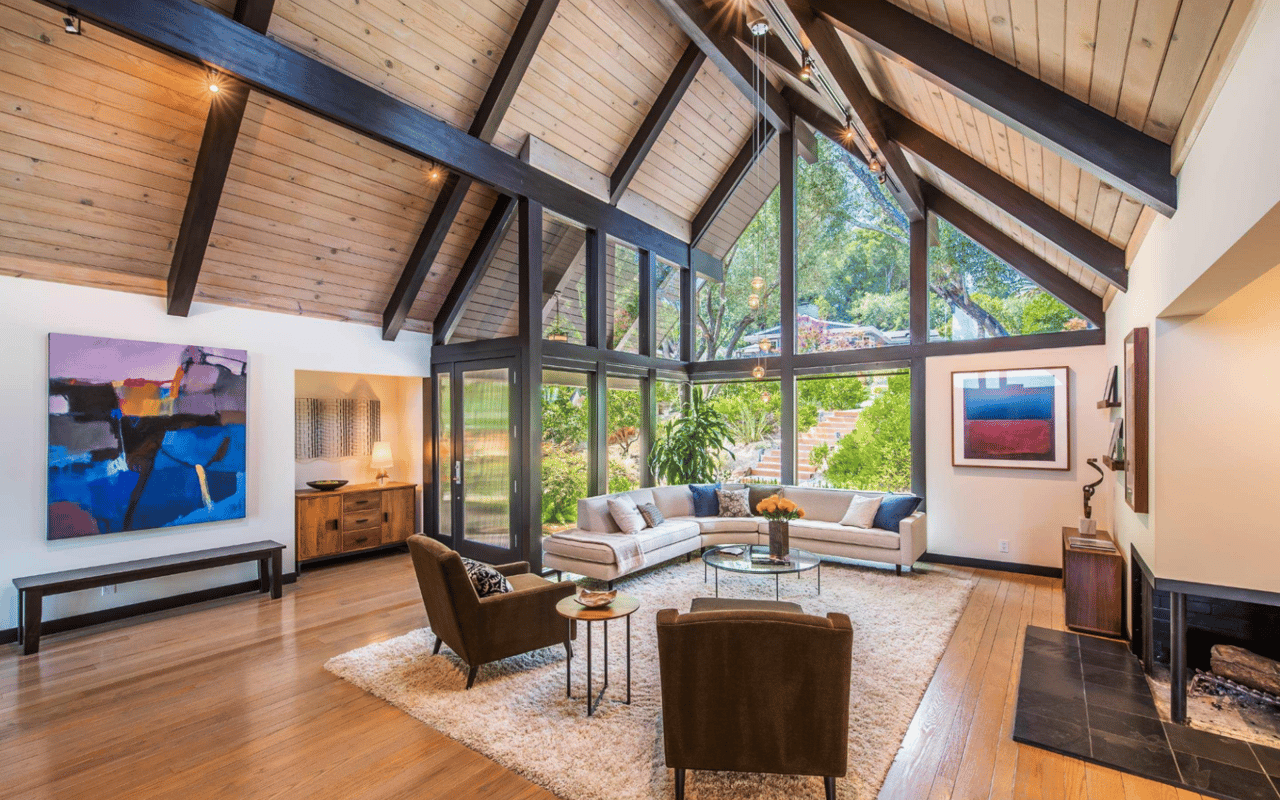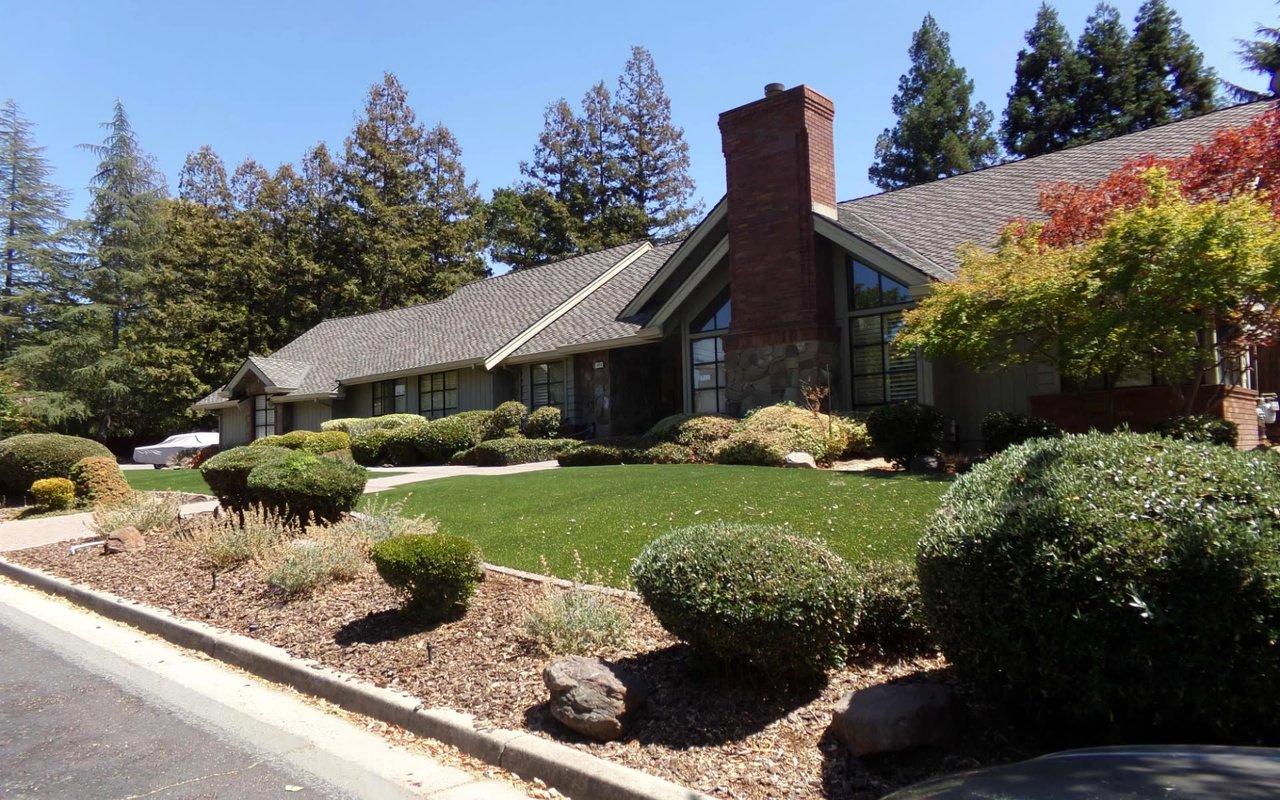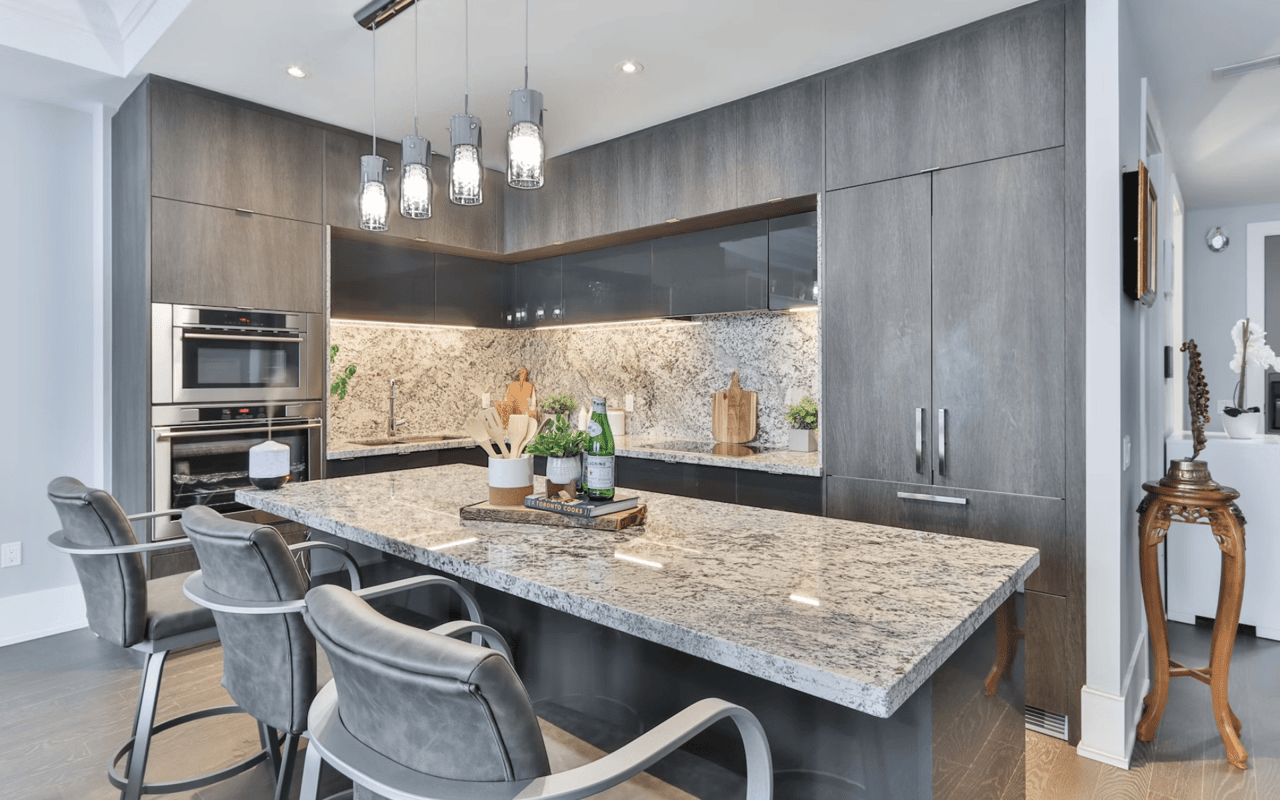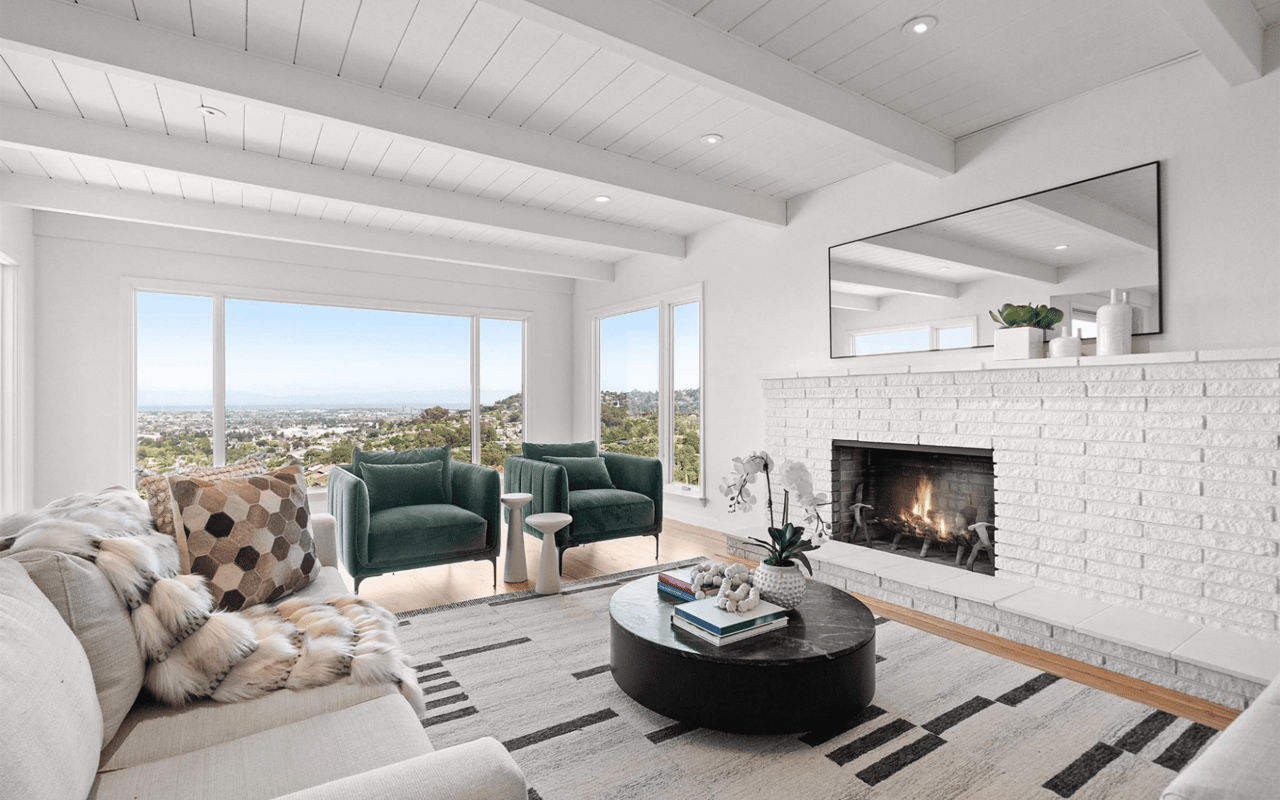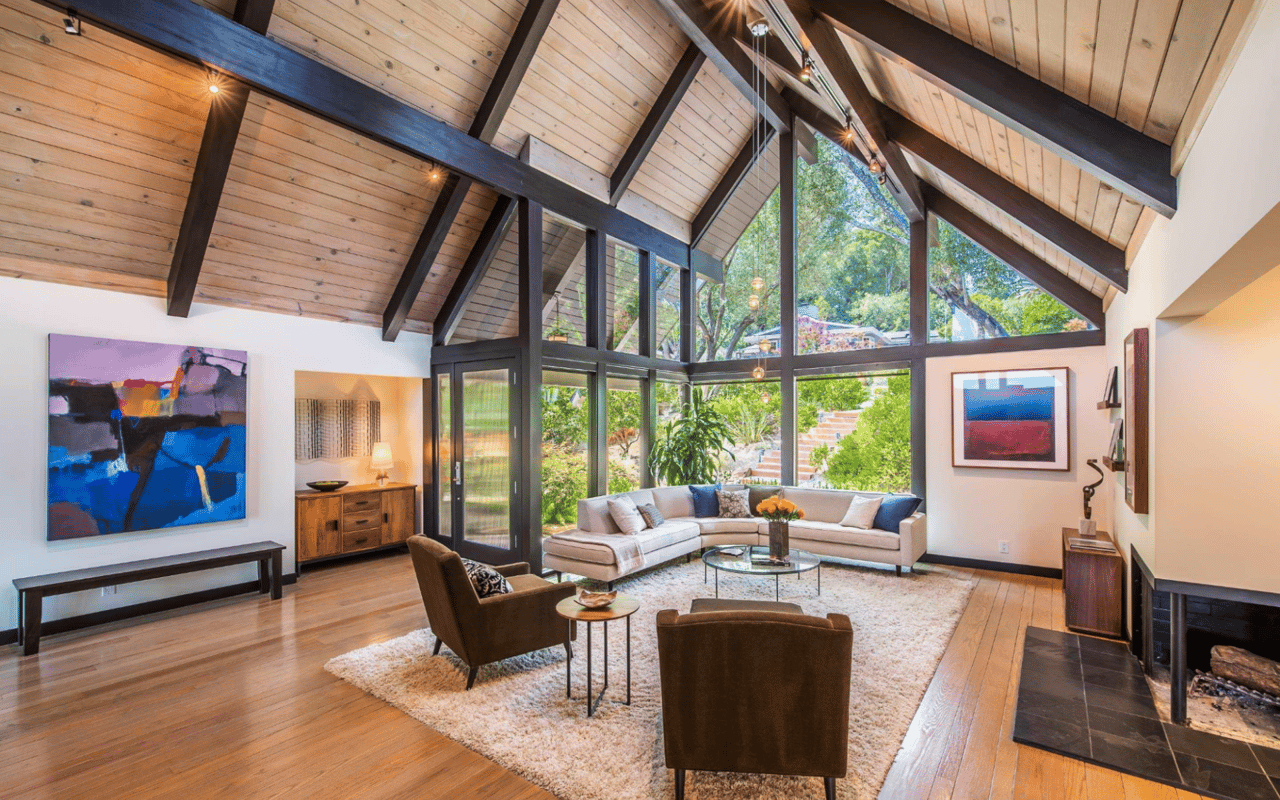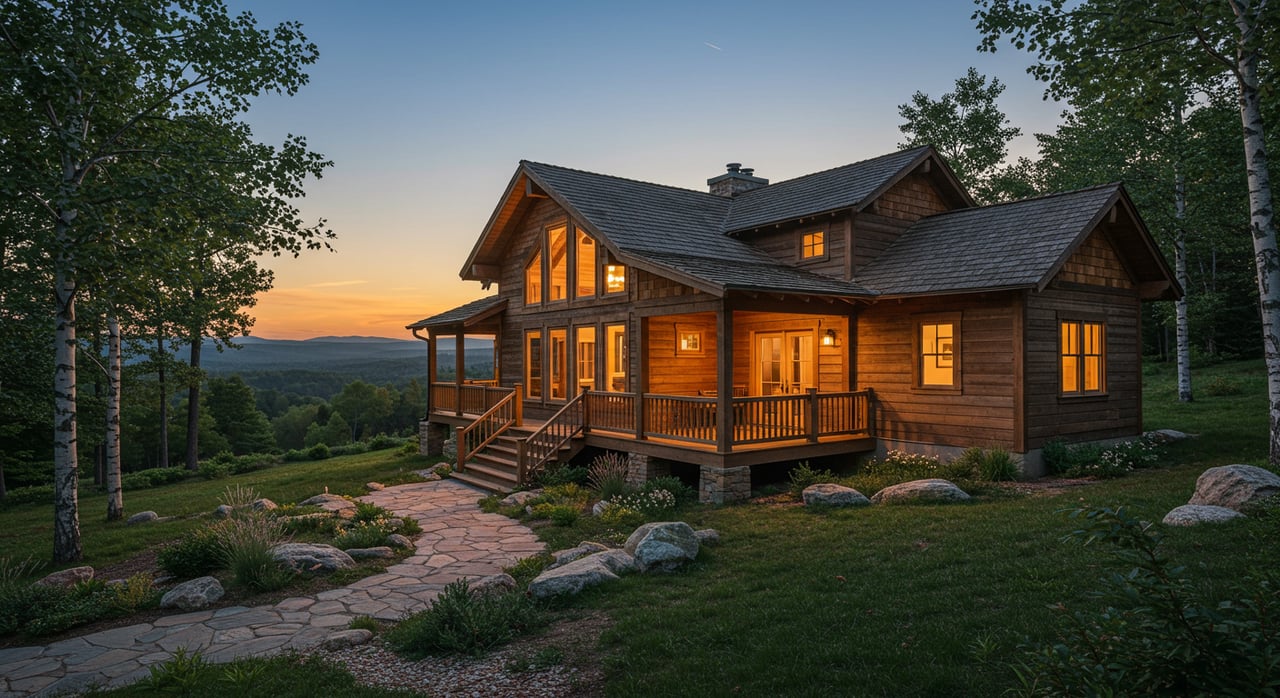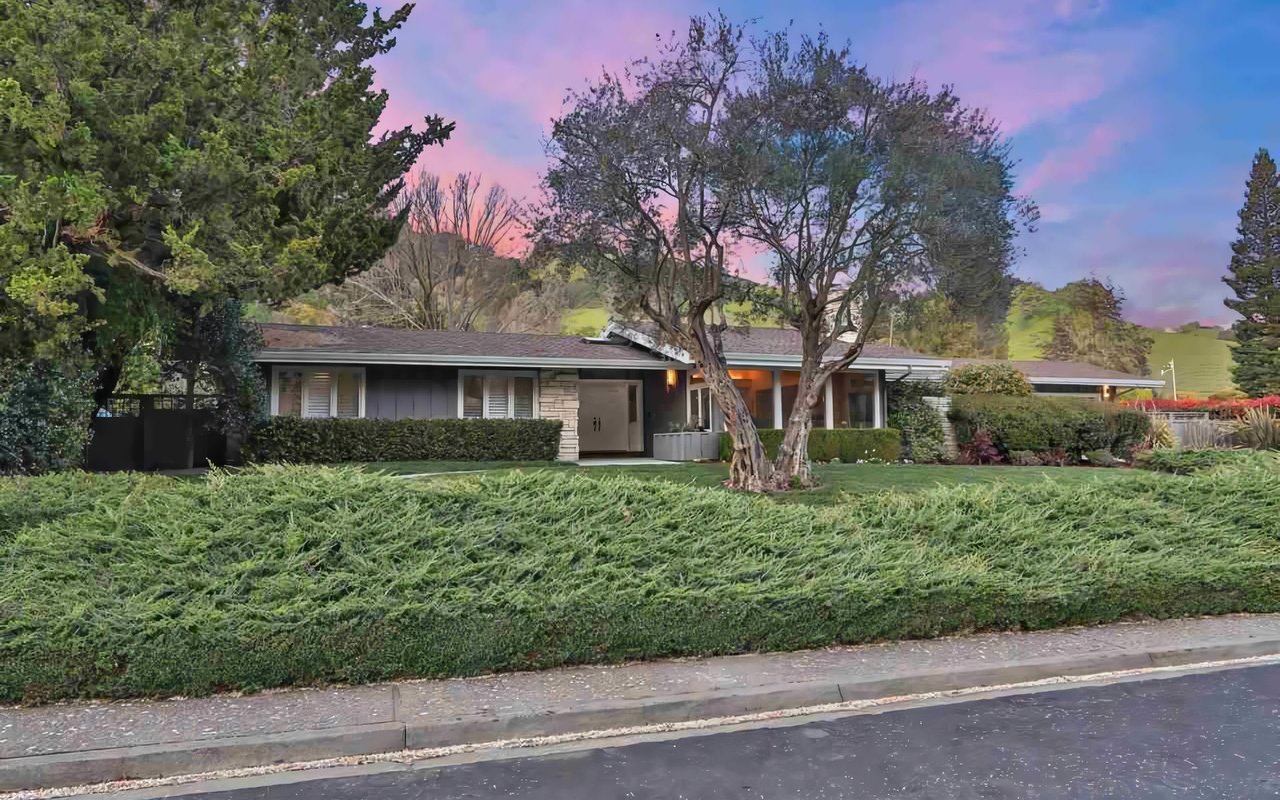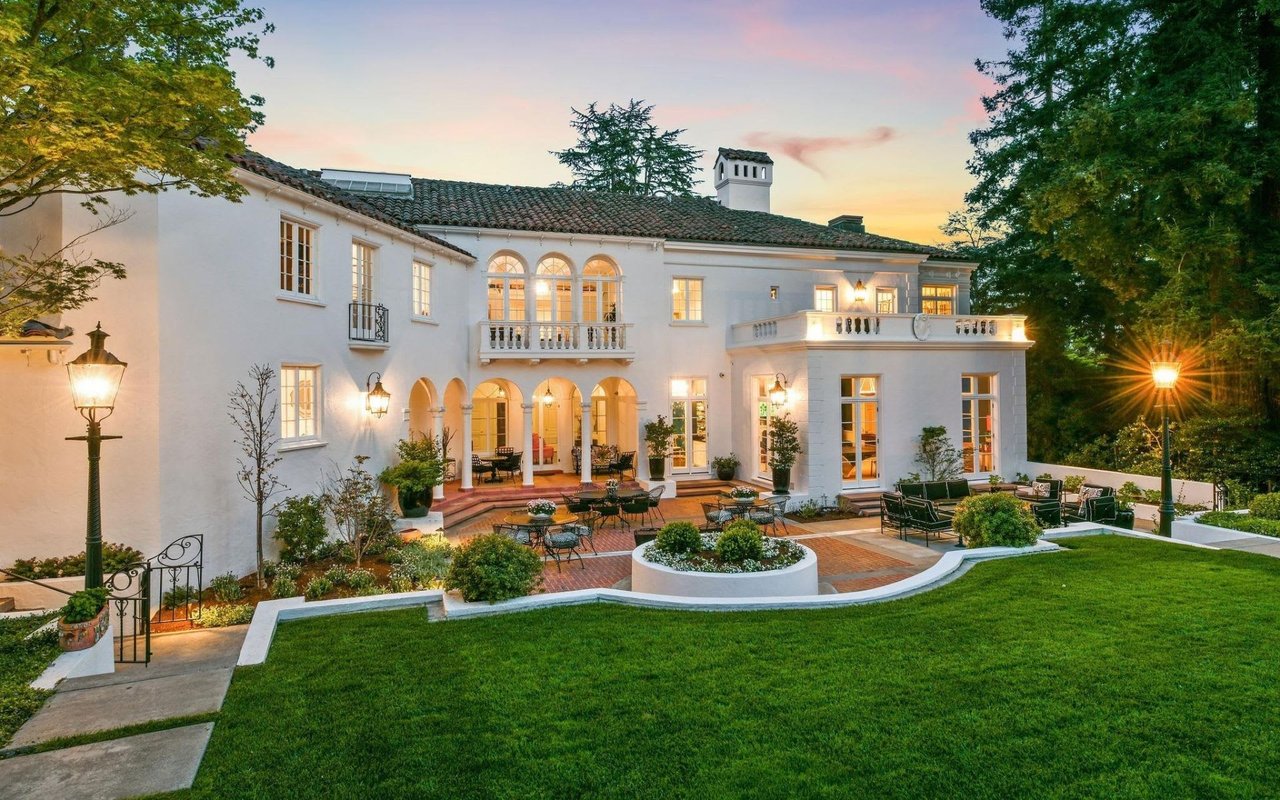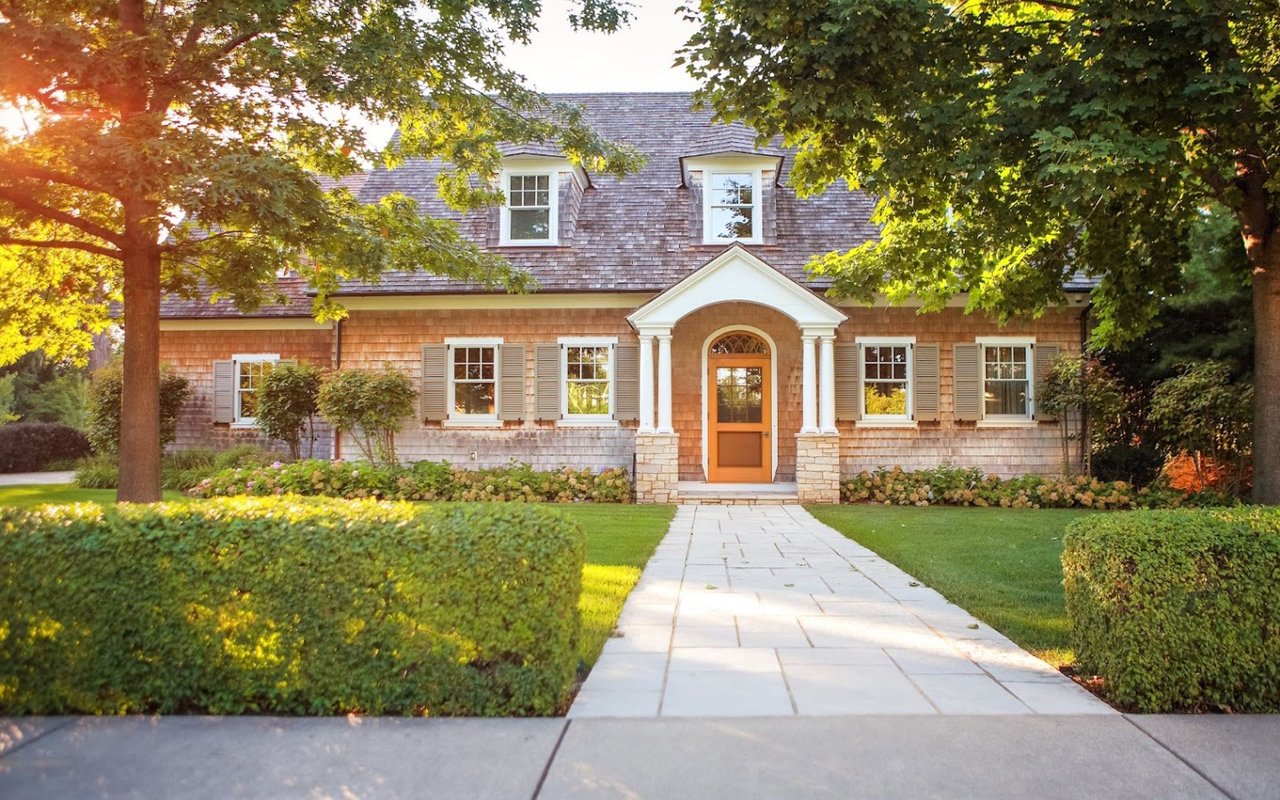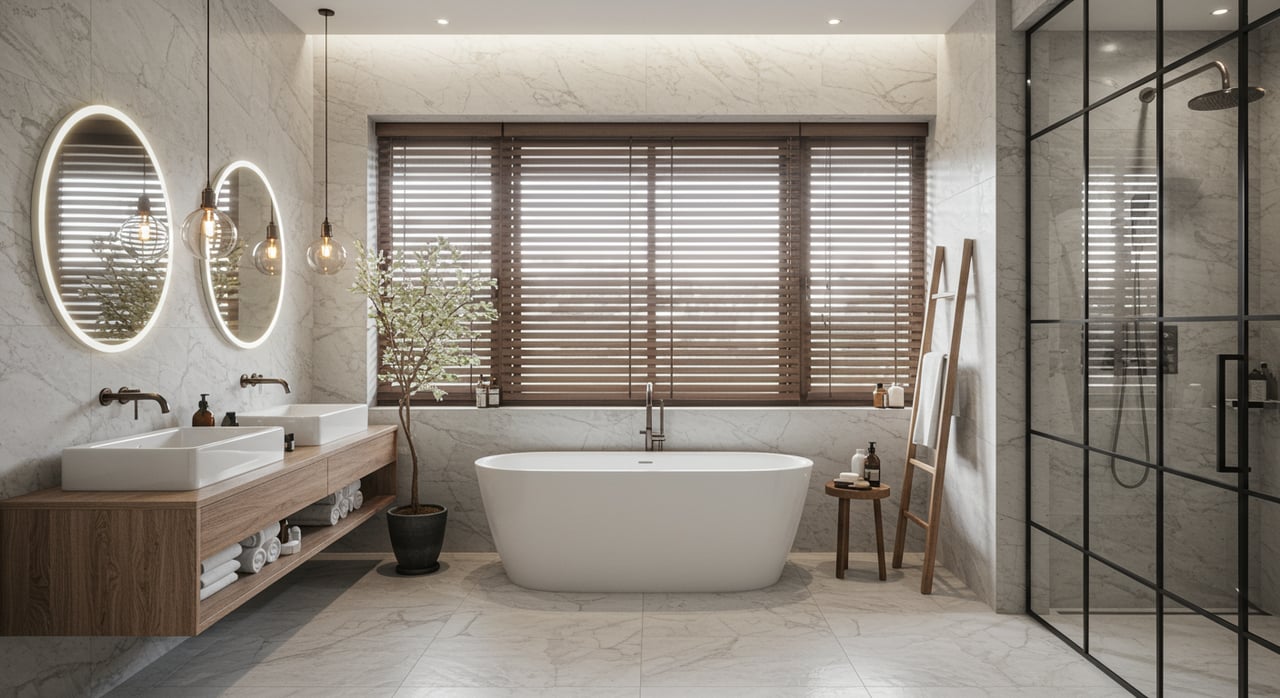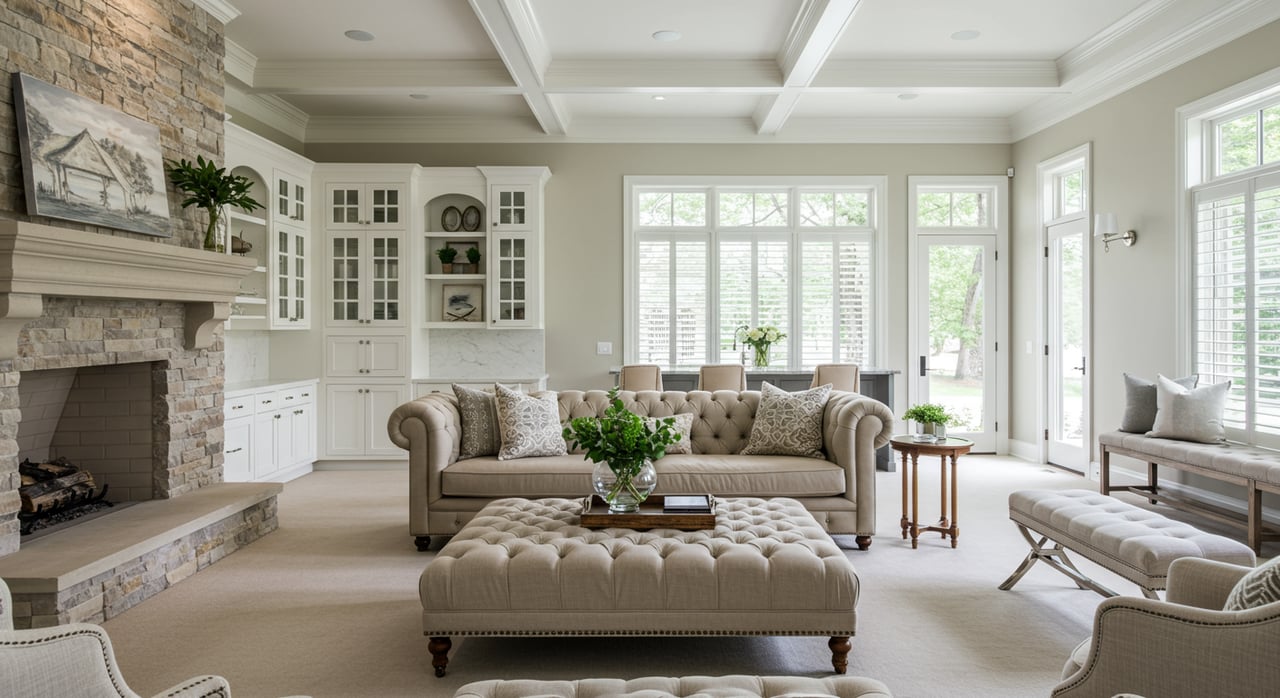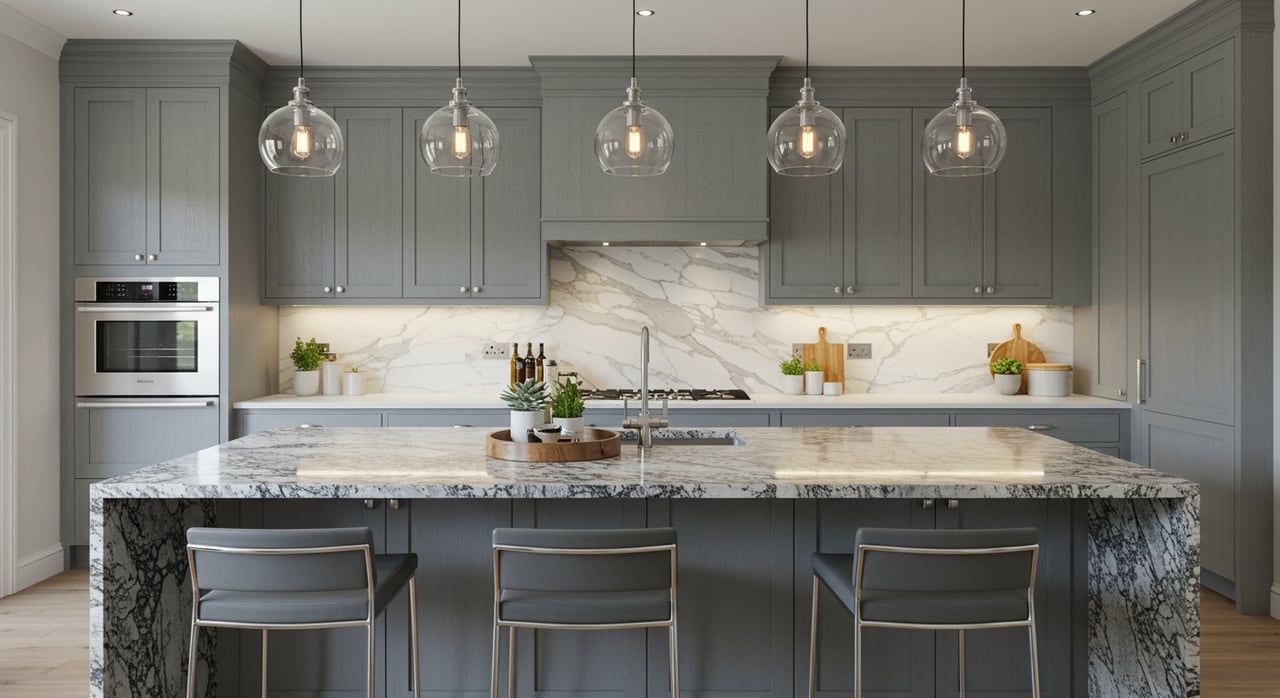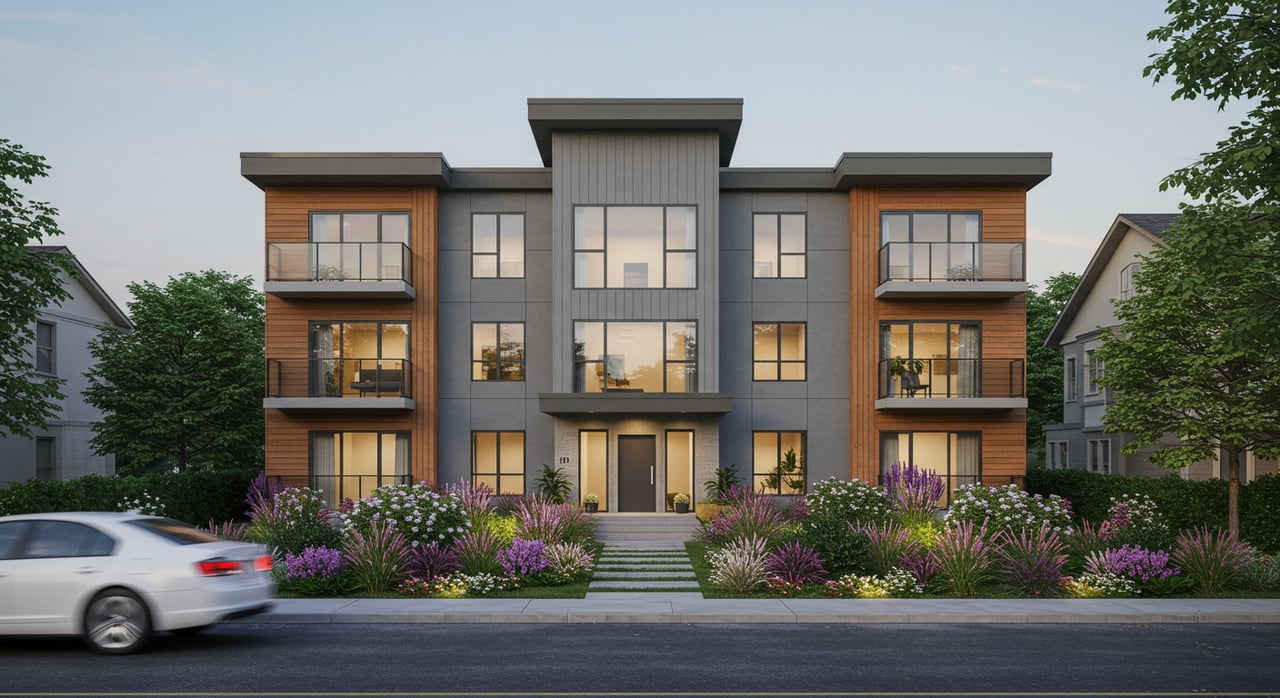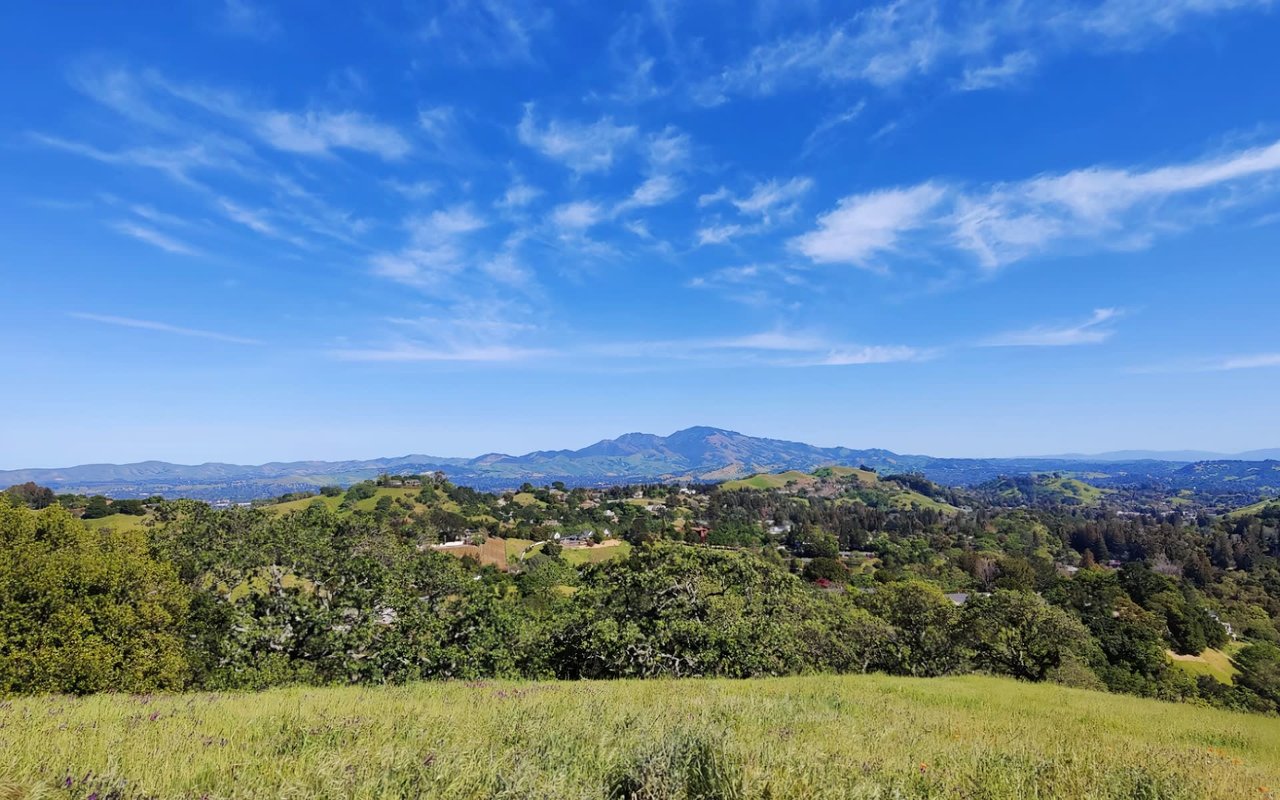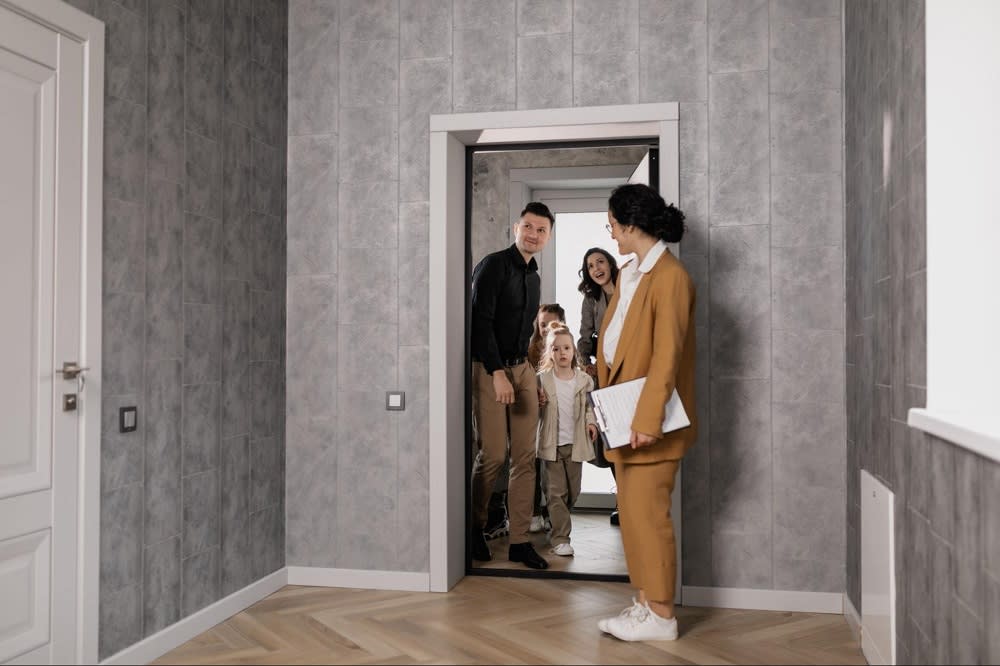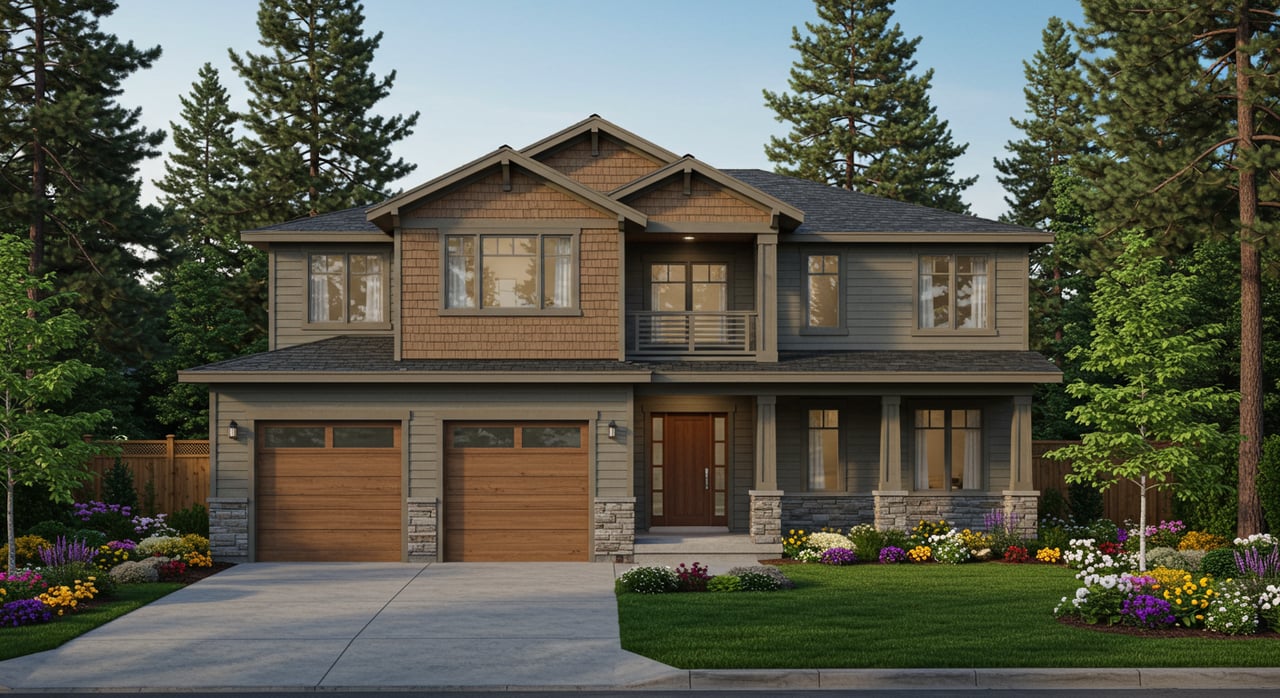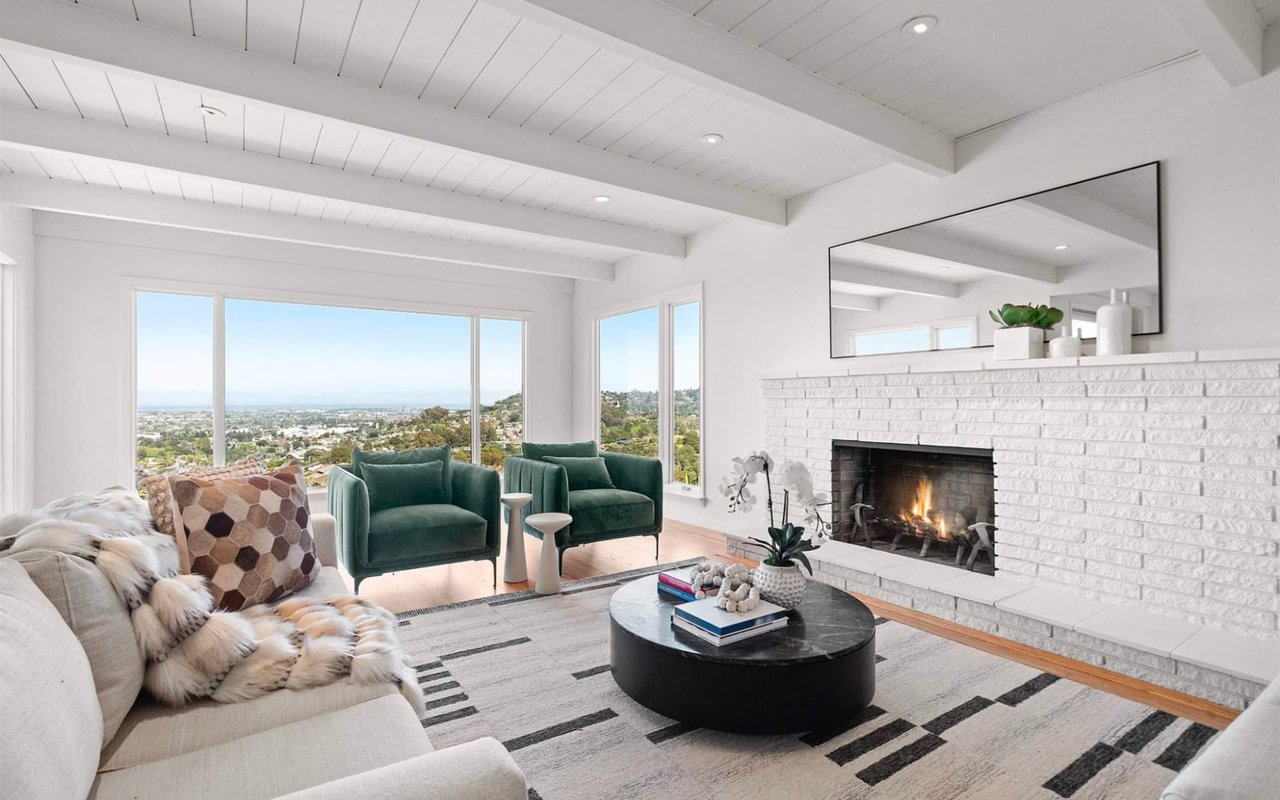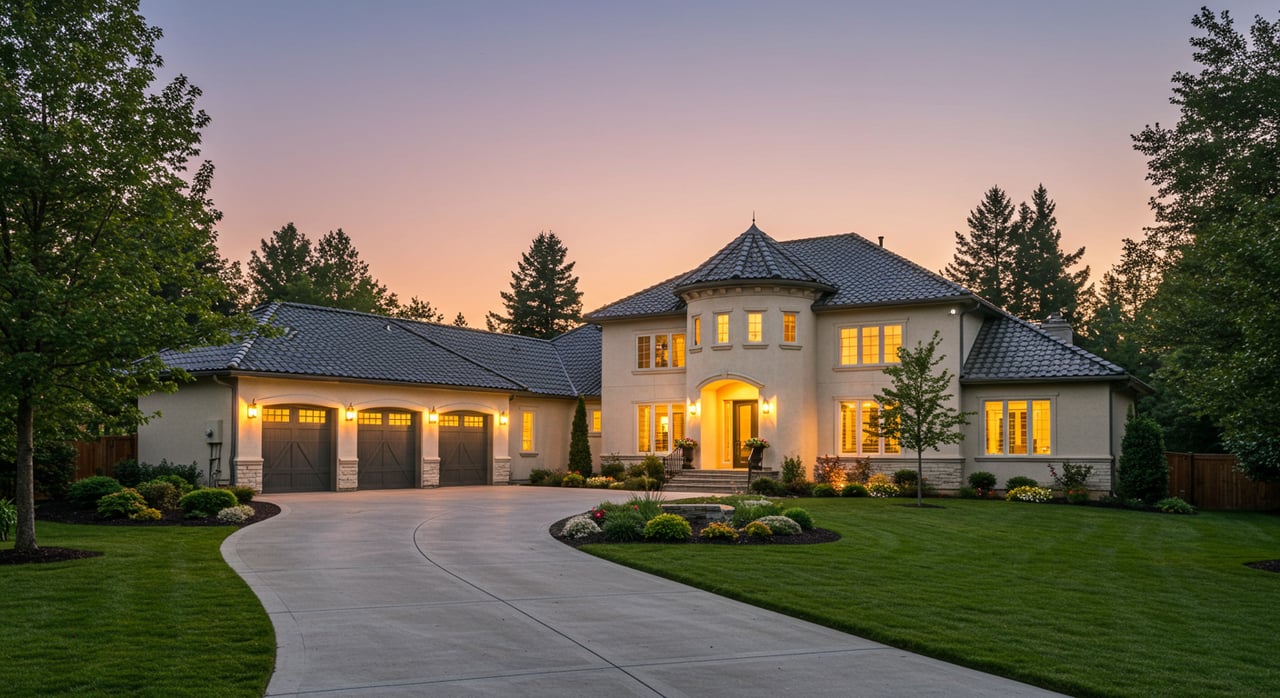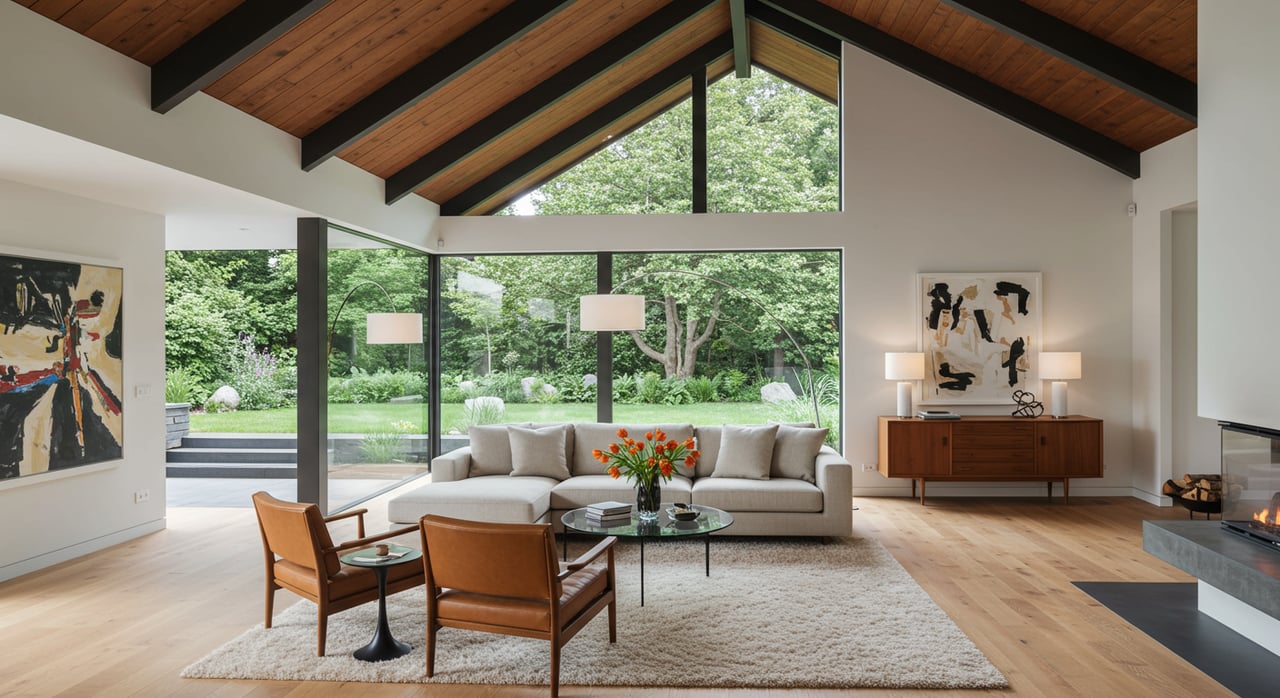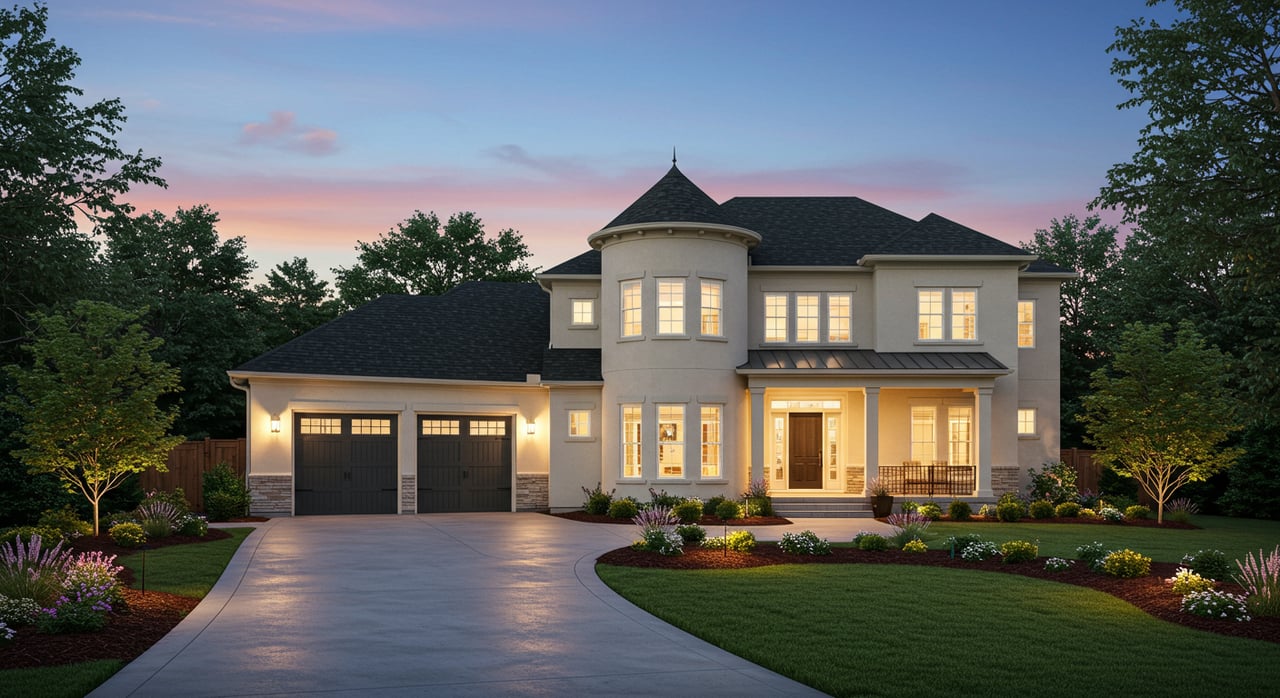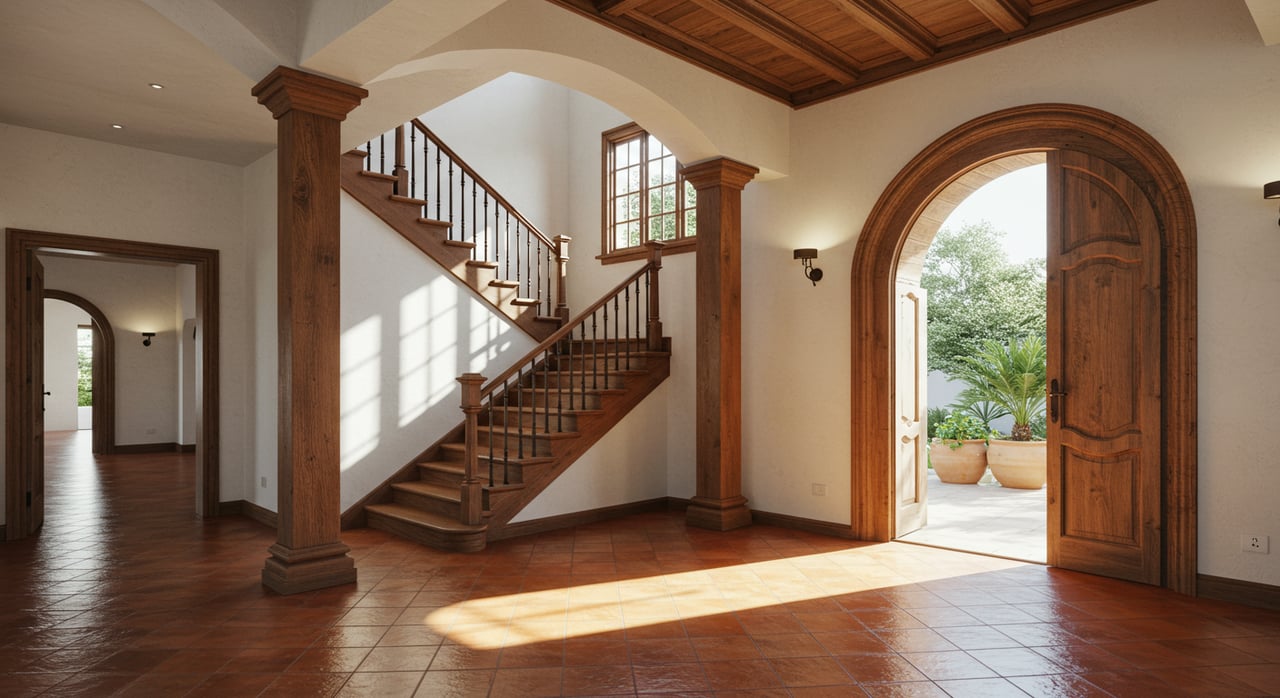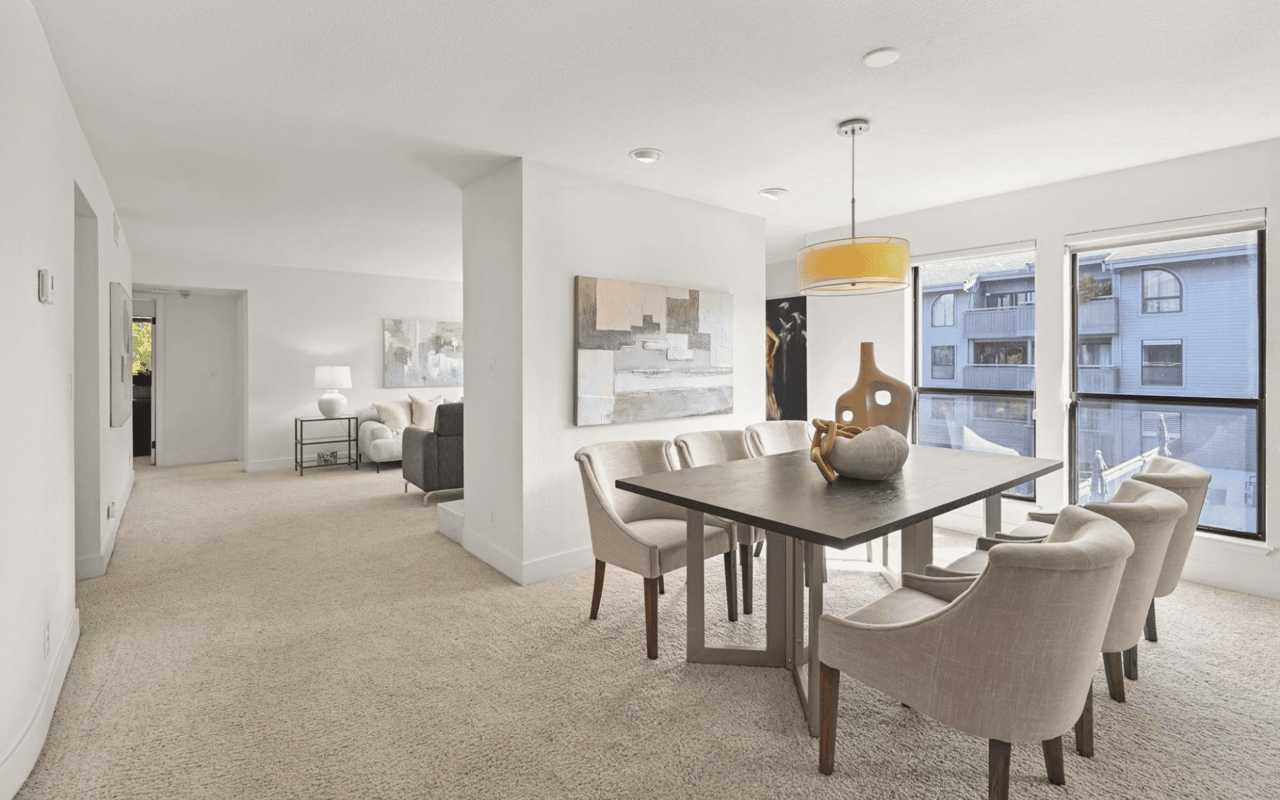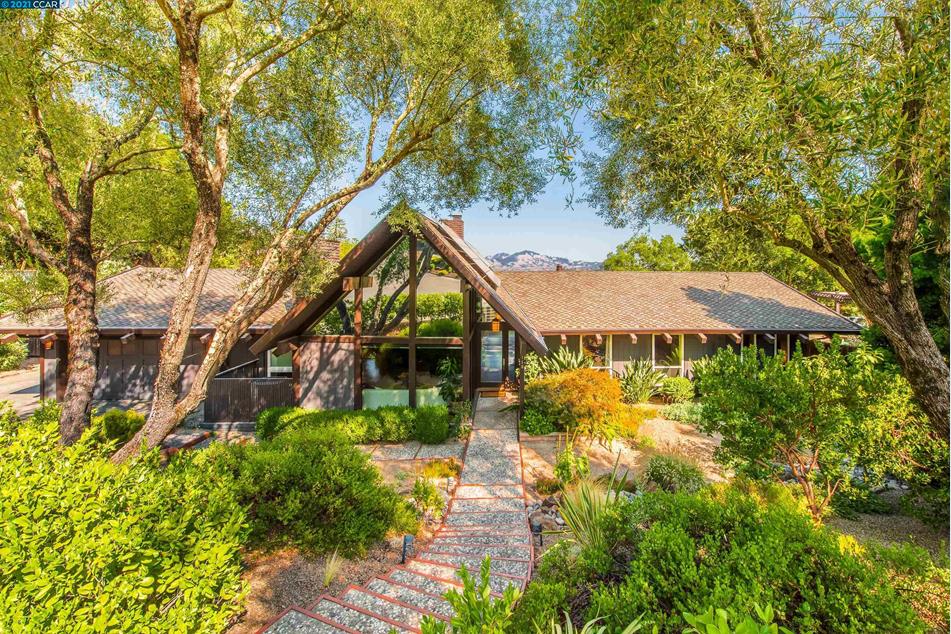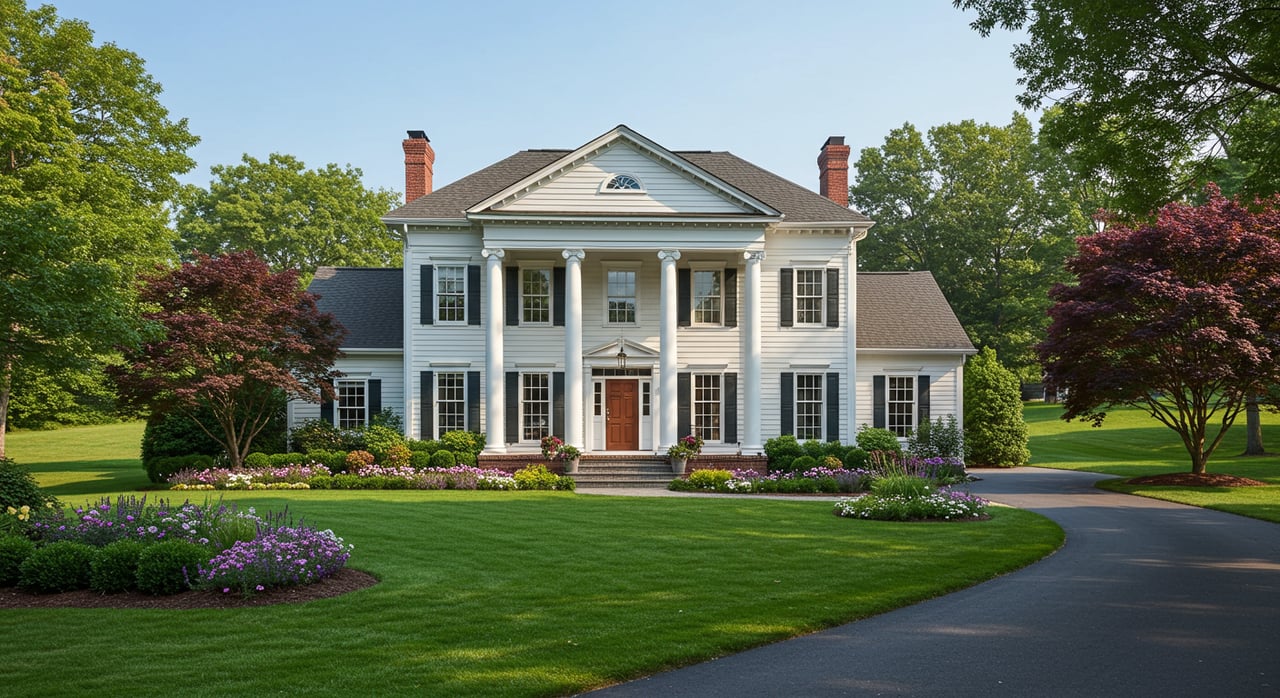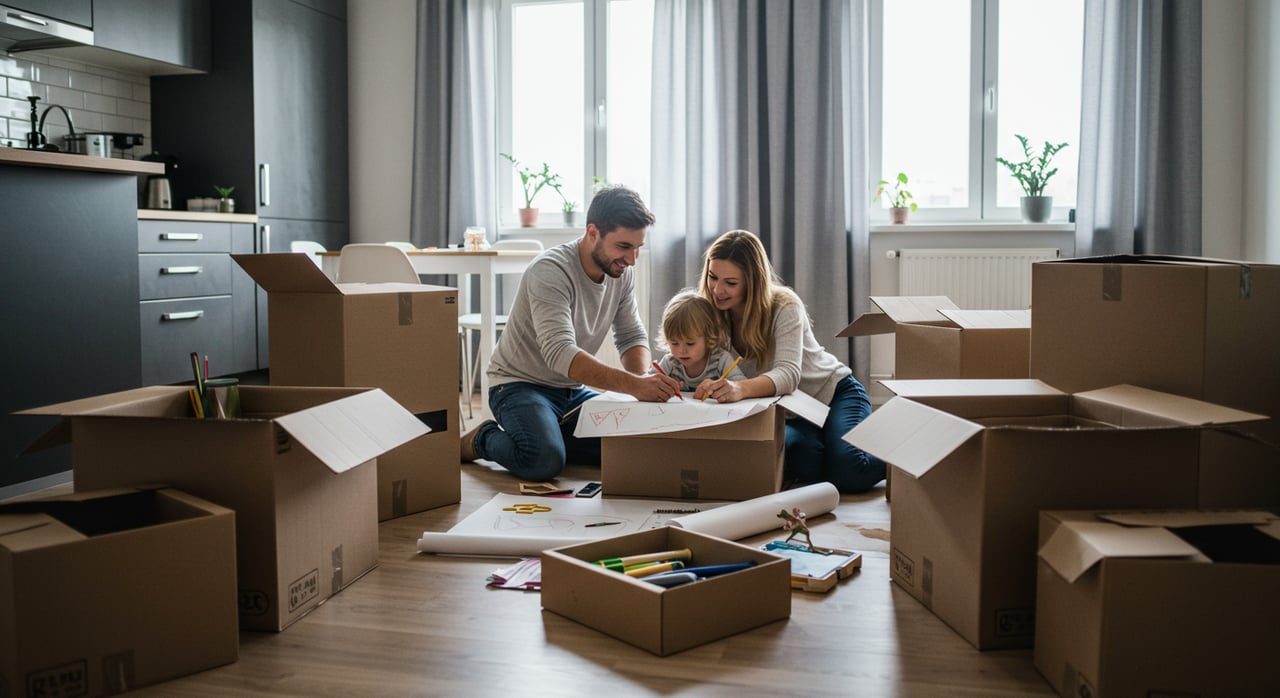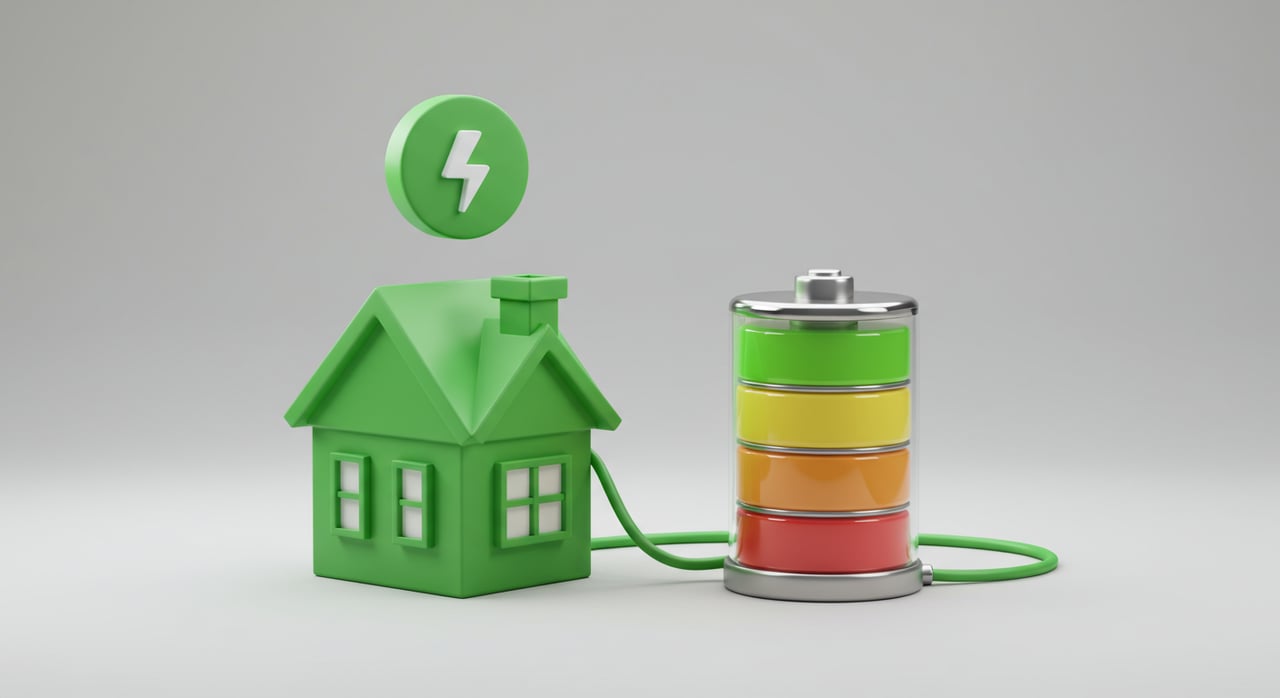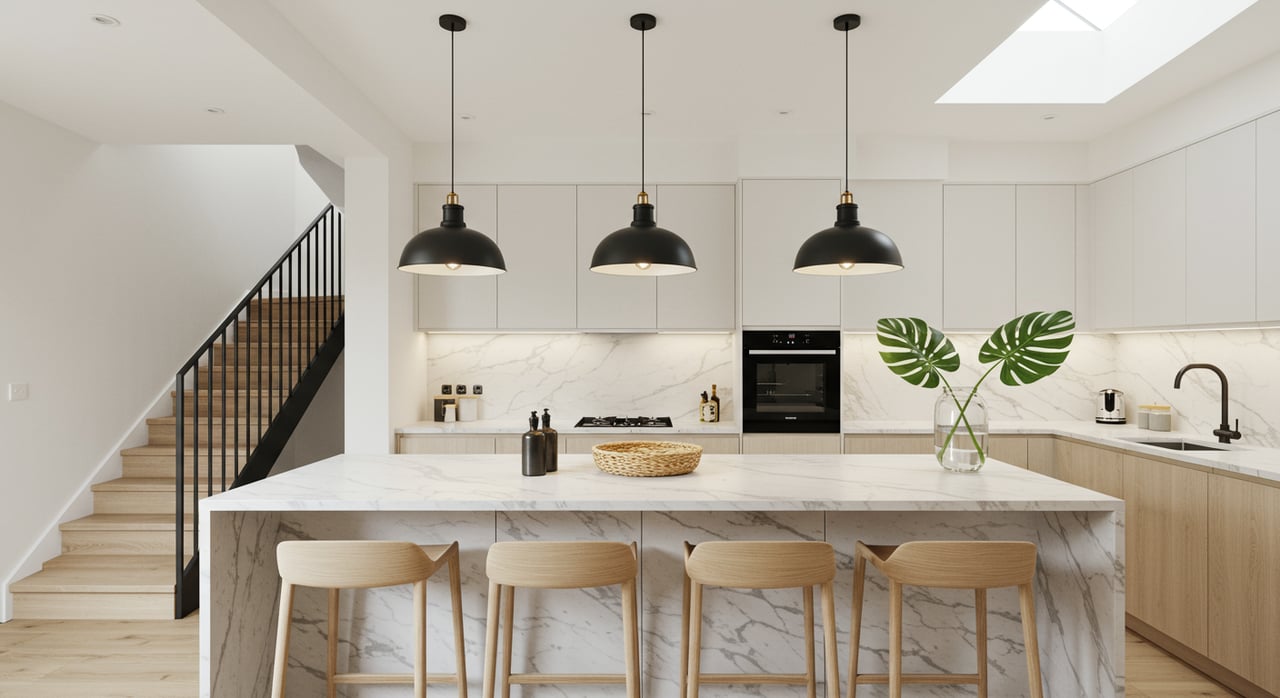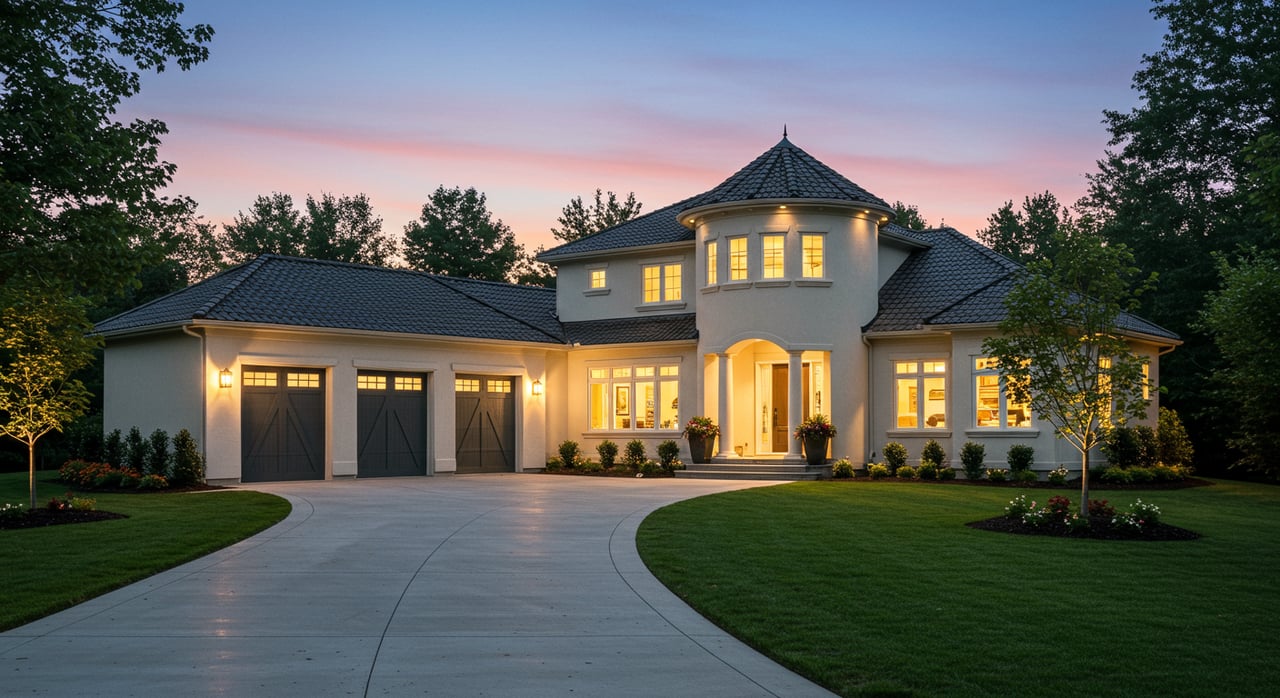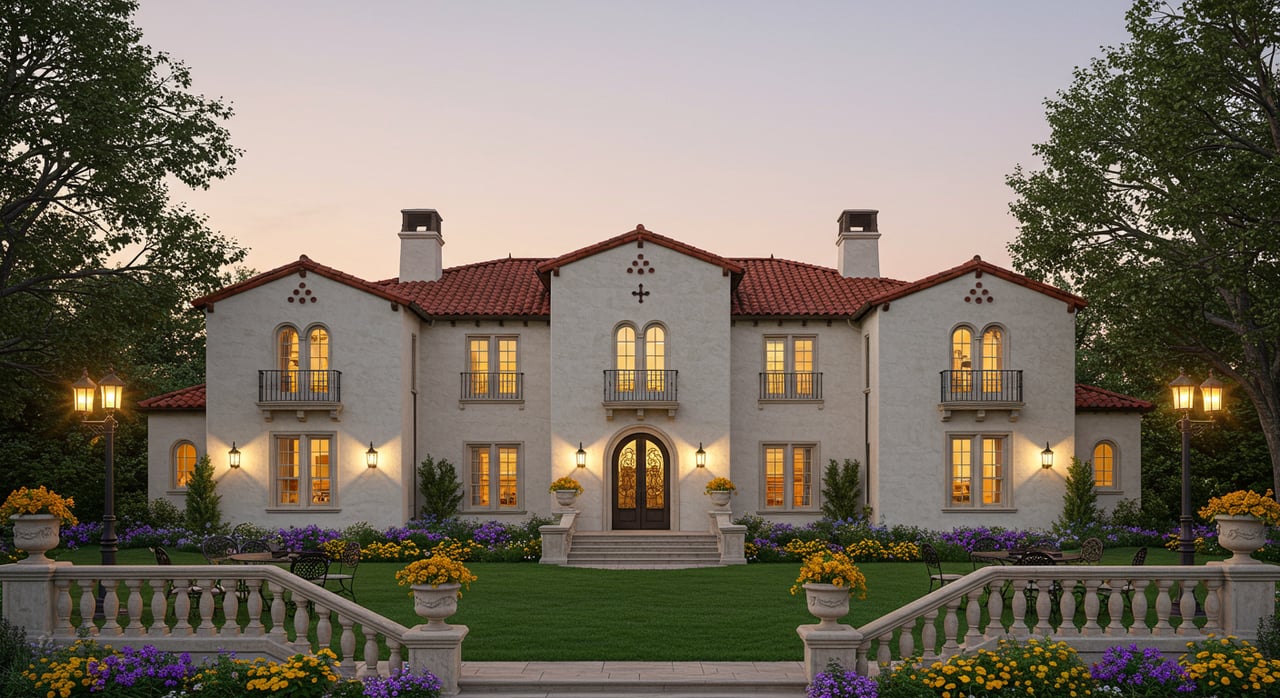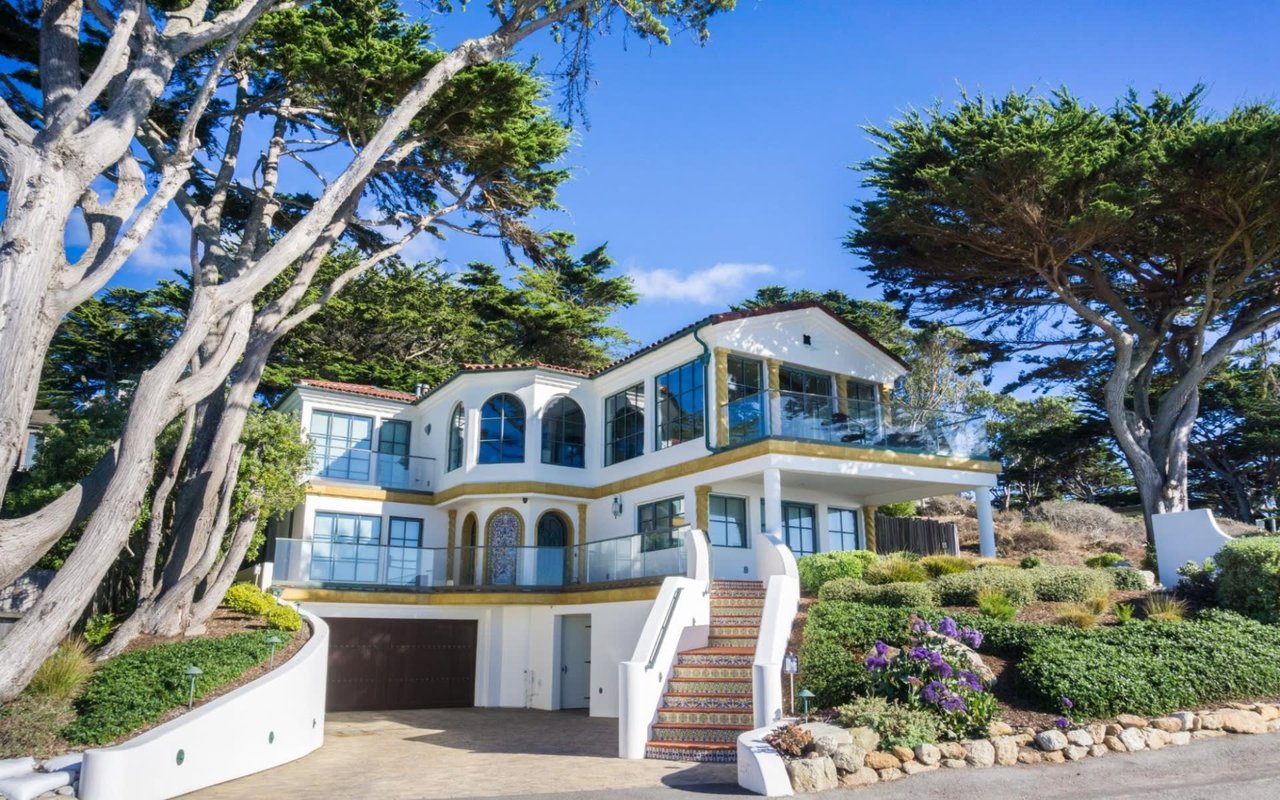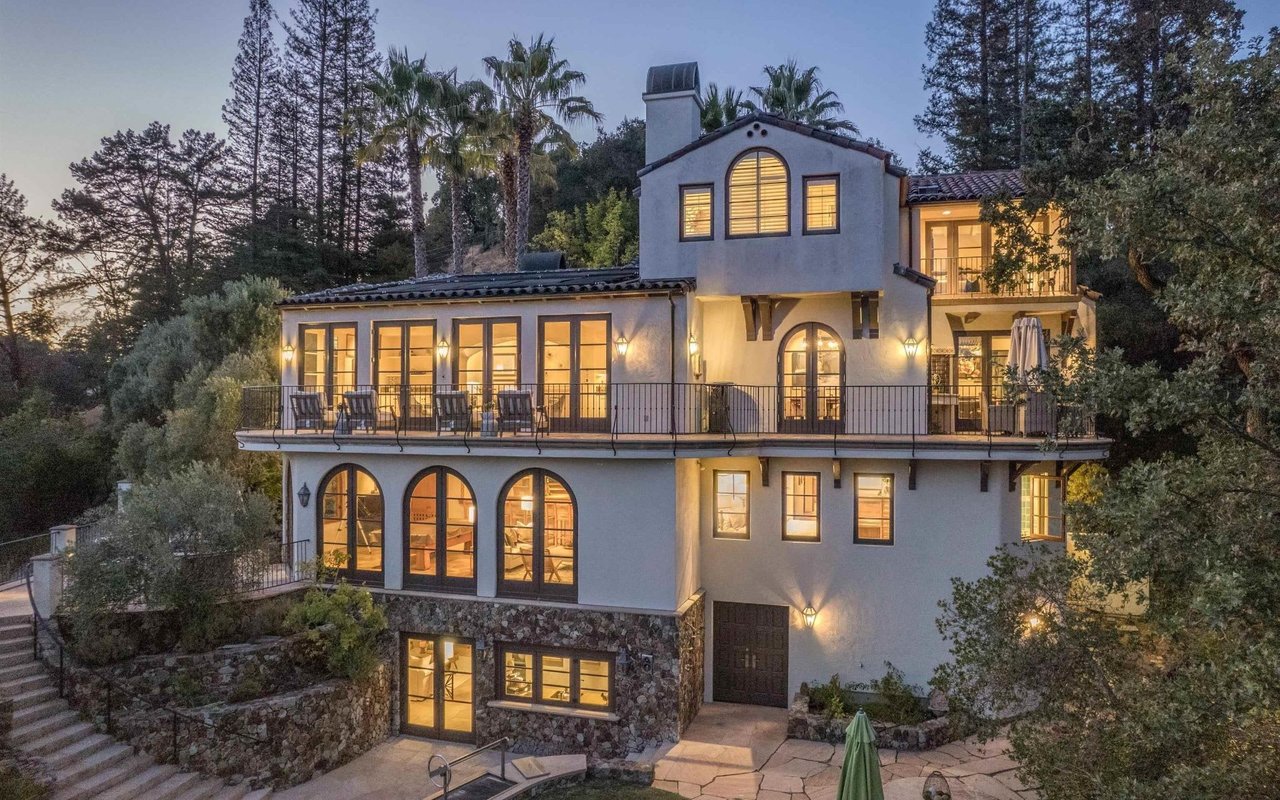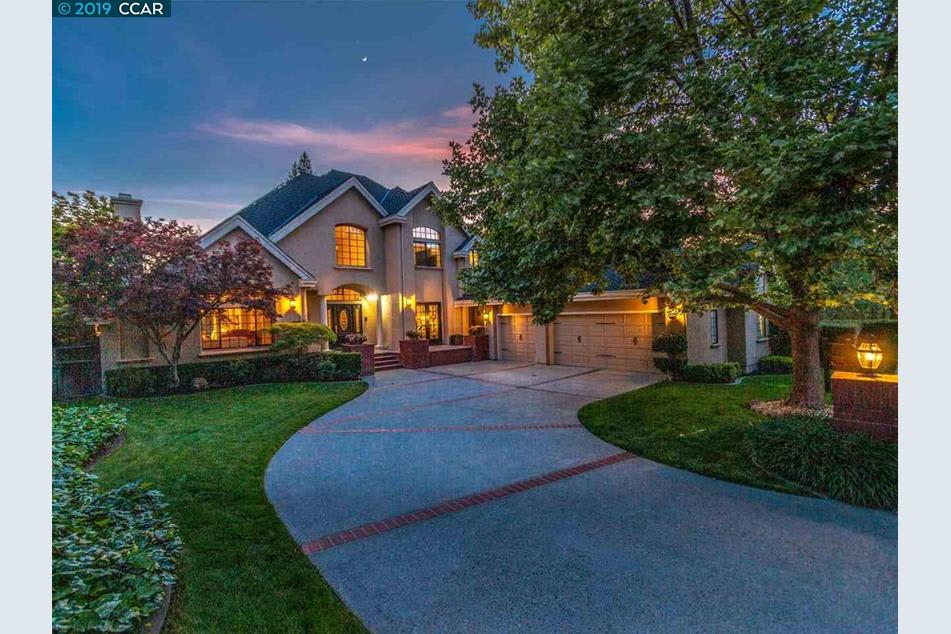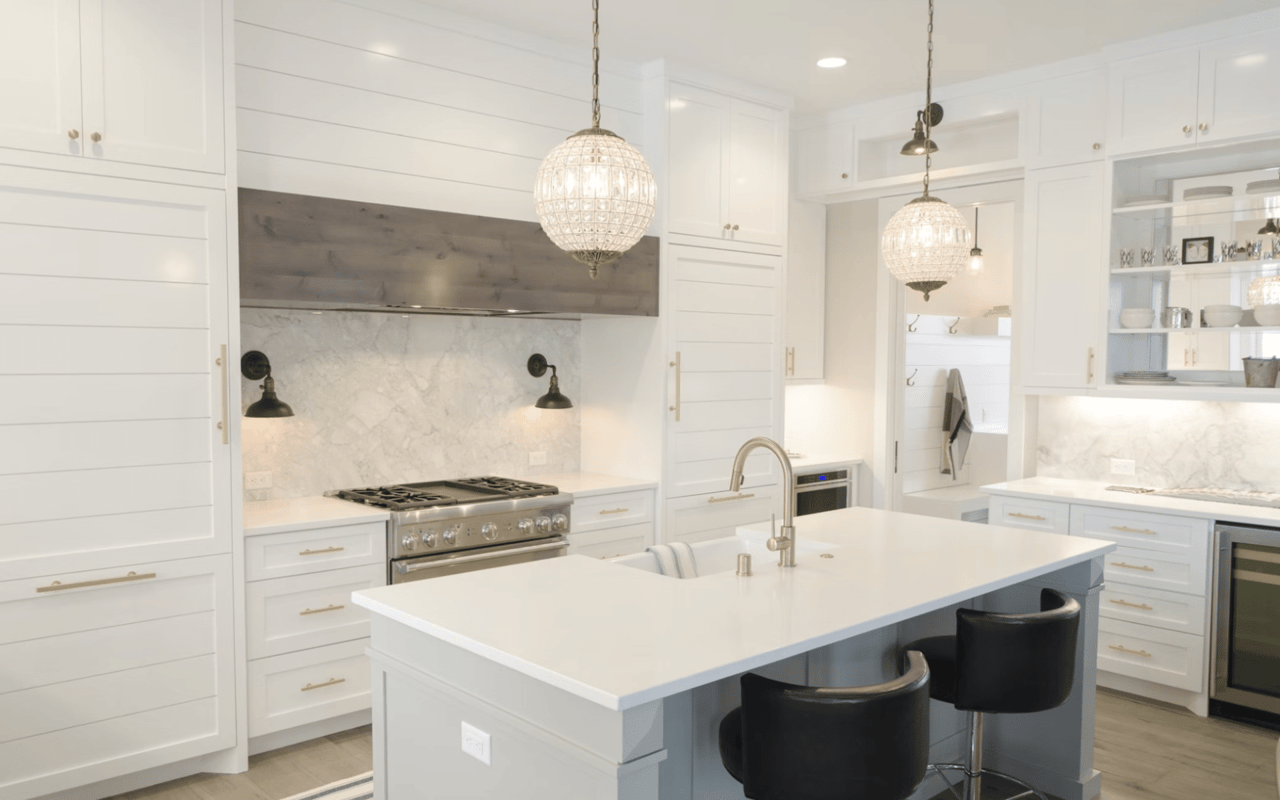Here's what I've learned after years of helping families buy homes in Lafayette and Moraga: the difference between settling for "good enough" and getting what you actually want often comes down to stretching your budget by just 10-15%. That extra investment frequently becomes the best financial and lifestyle decision families make.
That small stretch, done wisely, can transform your daily life, protect your finances, and save you from expensive compromises later.
This isn't about overextending. It's about recognizing that your home impacts every single day of your life. What feels like a slight stretch now often becomes your smartest financial and lifestyle decision later.
The Hidden Cost of Playing It Too Safe
When buyers tell me they want to save $100,000 by choosing a smaller home or lesser neighborhood, I ask them to think about their future selves. What will that savings actually cost them over the next decade?
The Move-Up Trap
Here's what happens to families who buy too conservatively: they outgrow their space within three to five years. Moving costs, transaction fees, market timing risks. By the time they factor in selling costs, buying costs, and the stress of another move, that initial savings often disappears.
This pattern repeats constantly in the East Bay real estate market. Families buy "starter homes" to save money, then realize within a few years they need to upgrade anyway. The total cost of two transactions plus years of compromising on space, schools, or commute time often exceeds what they would have spent buying the right home initially.
The Private School Trade-Off
Many buyers choose homes in lesser school districts thinking they'll save on the purchase price. Then reality hits. Private school tuition in the Bay Area runs $15,000 to $30,000 per child annually. Over a child's K-12 education, that's $200,000 to $400,000 per kid.
Stretching your budget to get into top California school districts like Lafayette or Moraga suddenly looks like one of the smartest financial decisions you can make. The extra $200,000 you spend on the house saves you potentially $400,000 in private school costs, while also giving you a more valuable asset.
The Daily Frustration Factor
I've never had anyone tell me they're grateful they bought a house they don't love because it was cheap. But the compromises families make to save money often create daily frustrations that compound over years.
The narrow kitchen that makes family meals stressful. The lack of a proper home office space during work-from-home days. The long commute that steals hours from family time every day. The cramped bedrooms where kids can't have friends over comfortably. These seemingly small compromises affect your quality of life in ways that far exceed any initial savings.
What Your Future Self Will Thank You For
When I suggest stretching your home buying budget slightly, it's because I've seen what makes families genuinely happy long-term. Here's what the extra investment typically gets you.
Space That Actually Works
The difference between 2,200 square feet and 2,800 square feet may look small on a spreadsheet. In real life, it's often revolutionary. Space for kids to play without shutting down the work call. Room for weekend guests without everyone sleeping on air mattresses. A real home office that saves commute angst on variable work days.
That extra bedroom will be a guest room, home gym, art studio, or teenager's retreat space later. Functional home designs fit in each phase of your family's life, and that is why they are one of the wisest long-term investments you can ever make.
The School District Investment
Acalanes High School consistently shows up on the lists of California's top-performing public schools. Its elementary and middle schools in Lafayette and Moraga are of comparable high quality. It's not merely about test scores. It's peer groups, college preparedness, and the self-esteem that goes along with a strong education.
Parents who relocate to these neighborhoods often find that their kids automatically find themselves in communities that value education, forming social groups that work in everyone's best interest. The preparation for college and academic guidance offered in these schools can preclude the need for expensive private tutoring in the future.
Location Benefits That Compound
Choosing Lafayette or Moraga over more distant communities saves more than just commute time. Proximity to San Francisco via BART, access to outdoor recreation like Lafayette Reservoir and Briones Regional Park, walkable downtown districts with real character and these lifestyle advantages build up over decades.
Being able to walk to local amenities can save up to $8,000 annually in gas, wear-and-tear, and parking expenses. That's $80,000 over a decade, not including the value of restored family time. The proximity of walkable amenities reduces daily driving and enables spontaneous family outings.
Understanding the True Cost of Compromise
When buyers focus only on minimizing upfront costs, they rarely calculate what those sacrifices will cost them long-term. Let me share some real scenarios that happen frequently in the East Bay housing market.
Scenario 1: The Outgrown Starter Home
Most families buy smaller houses expecting to upgrade within a few years. They don't realize how fast expanding families outgrow tight quarters, particularly after remote work becomes widespread.
The classic scenario: purchasing an 1,800 square foot home in order to save $150,000. Four years pass, you have two children, and you need space now. Closing fees (6% in brokerage commissions and miscellaneous costs) on a $1.5 million property amount to roughly $100,000. Factor in moving expenses, temporary accommodations, and the hassle of moving with small children and the initial savings is gone altogether.
Scenario 2: School District Savings That Aren't Really Savings
Choosing a home in a lower-performing school district to save $200,000 on purchase price seems smart until you run the long-term numbers. Private school costs in the Bay Area are anywhere from $15,000 to $30,000 per kid per year.
For one kid through K-12, that's $200,000 to $400,000 in tuition. For parents with multiple kids, the math gets even more persuasive. The extra money spent to buy into excellent California districts like Lafayette or Moraga generally save much more in education expenses while delivering a more valuable asset.
Scenario 3: The Commute Penalty
It may make financial sense to save $100,000 by purchasing a home 45 minutes away from work. Longer commutes, though, are more expensive than the cost of gas. Add in car wear-and-tear, parking costs, and the worth of missed family time.
Three hours of daily driving at $0.65 per mile (including car depreciation) plus $200 monthly parking costs approximately $12,000 annually. Over five years, that's $60,000 excluding stress and lost family time. Often, the "bargain" home becomes the most expensive option when you calculate total ownership costs.
How to Stretch Smart, Not Reckless
When I talk about stretching your home budget, I do not mean you are being financially irresponsible. Here is how to do it smartly:
-
Prioritize functional upgrades: additional bedrooms, efficient floor plans, location advantages.
-
Consider your career trajectory: income increase can turn today's stretch into tomorrow's comfort.
-
Calculate total ownership costs: add school savings, commute savings, and saved moving costs.
Consider Your Career Trajectory
Most buyers are cautious about projected income growth. If you are relatively early in your career and have high earning potential, the payment that stretches you today tends to become comfortable a few years later.
I've seen tech workers double their income in five years of purchasing their first home. The additional $500 monthly payment they fretted over became irrelevant as income increased, but the superior home brought advantages for the entire duration.
Calculate Total Cost of Ownership
Don't compare purchase prices alone. Consider:
-
Private school fees saved through residency in prime areas.
-
Commute costs saved by selecting strategic locations.
-
Future moving expenses saved by purchasing sufficient space to begin with.
-
Renovation costs delayed by choosing homes with good layouts and condition.
Sometimes, the "expensive" house is really more cost-effective when you factor these costs over a period of five to ten years.
The Lafayette and Moraga Advantage
These East Bay communities offer particular value for families willing to stretch their budget thoughtfully:
-
Top-tier schools without private tuition costs.
-
Lifestyle benefits from walkable neighborhoods to outdoor recreation.
-
Property value resilience in market downturns and faster appreciation during growth periods.
Frequently Asked Questions About Stretching Your Home Budget
How much is too much to stretch?
A good rule: if the higher payment keeps you awake at night or stops you from being able to maintain your current lifestyle, you've stretched too far. But if it just means being more mindful about discretionary spending for a few years while your income increases, it's likely worth it for the right home.
What if we outgrow even the bigger house?
Most families who purchase enough space in the first place don't grow out of their homes for 10-15 years, if at all. Children leave the nest, and many couples would rather remain in communities where they've developed relationships instead of continually upgrading.
Should we wait for perfect market timing?
When should you buy? When you love it and can afford it. You cannot ever know whether houses will be higher or lower priced next year. If you love it, can afford it, and would be satisfied living there, that is when you need to buy.
Making the Decision Your Future Self Will Thank You For
The families that stretch their home purchasing budget wisely for houses they genuinely adore are always happier down the road. They're not playing the "I wish" game, plotting their next step, or regretful about how things turned out. They're just living.
Your home influences every aspect of your day. The additional money you invest to get it correct usually repays in everyday joy, lifestyle advantages, and ultimate monetary returns many times over what was initially spent.
This choice is personal. You're making one of the largest decisions you can make in life, financially and emotionally. Why spend more than a million dollars on something that doesn't leave you feeling upbeat each time you pull into the driveway?
Ready to find a home that your future self will love? Let's begin the conversation about what matters most for long-term happiness and success for your family.
Kelly Crawford helps families make smart long-term real estate decisions in Lafayette, Moraga, and throughout the East Bay. His focus on genuine value over short-term savings has guided hundreds of families to homes they still love years later.


